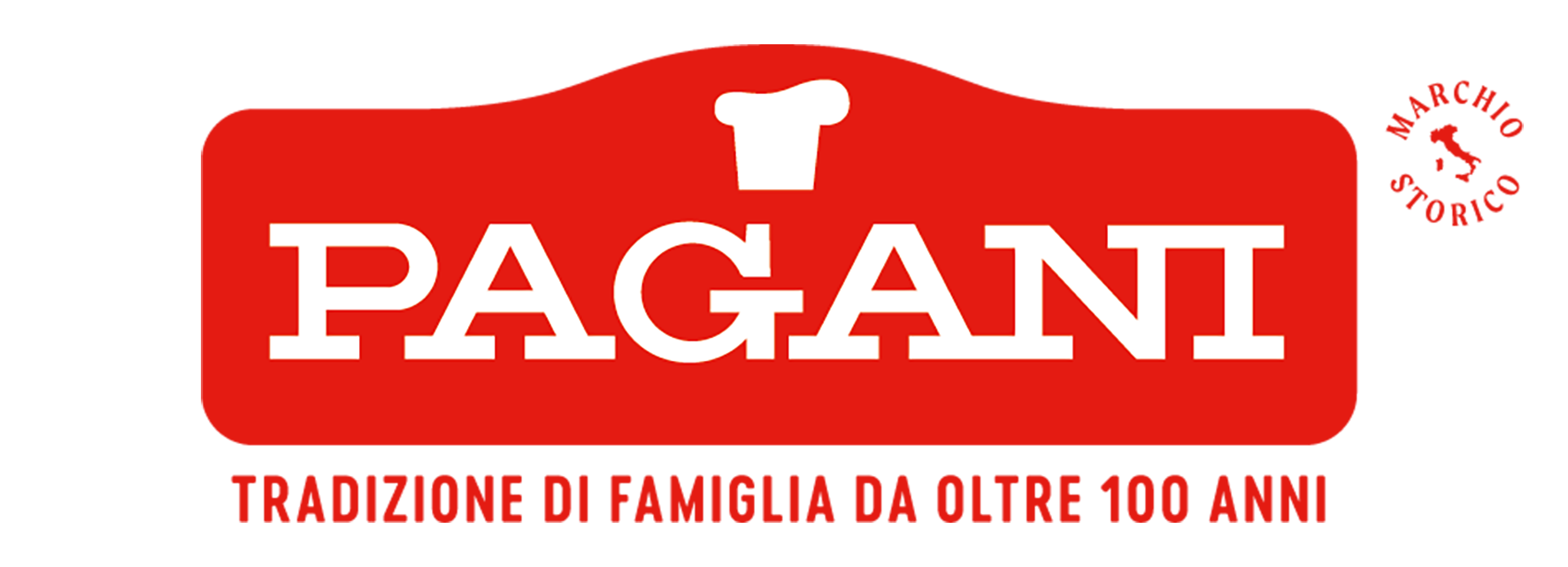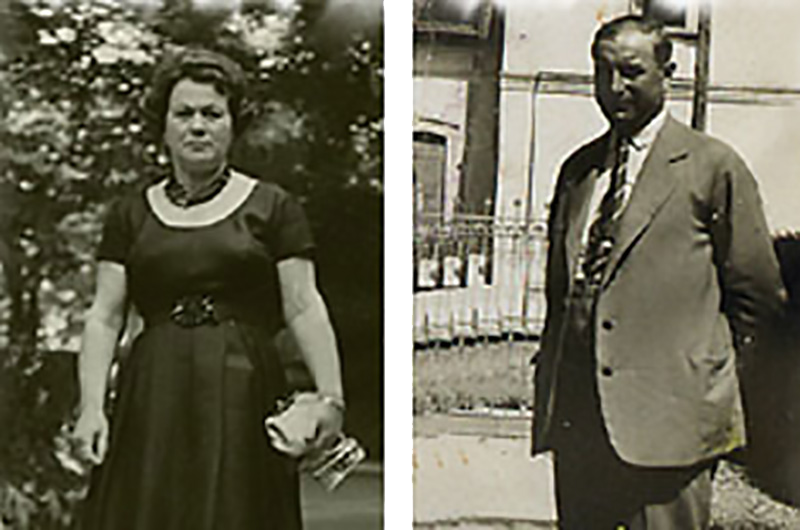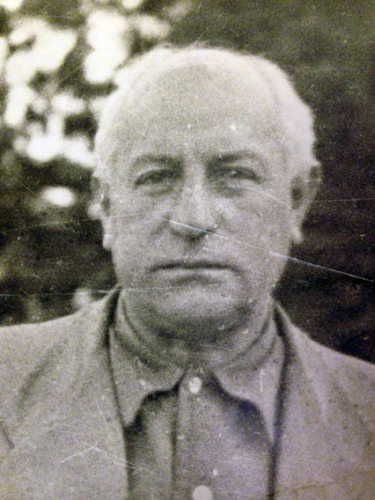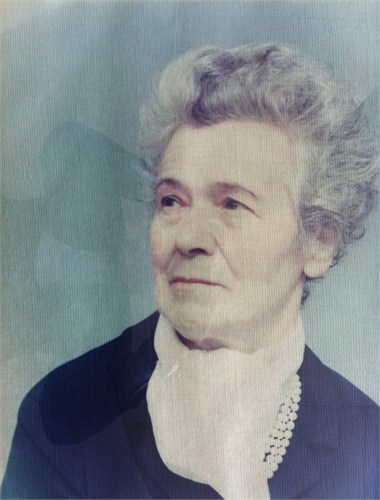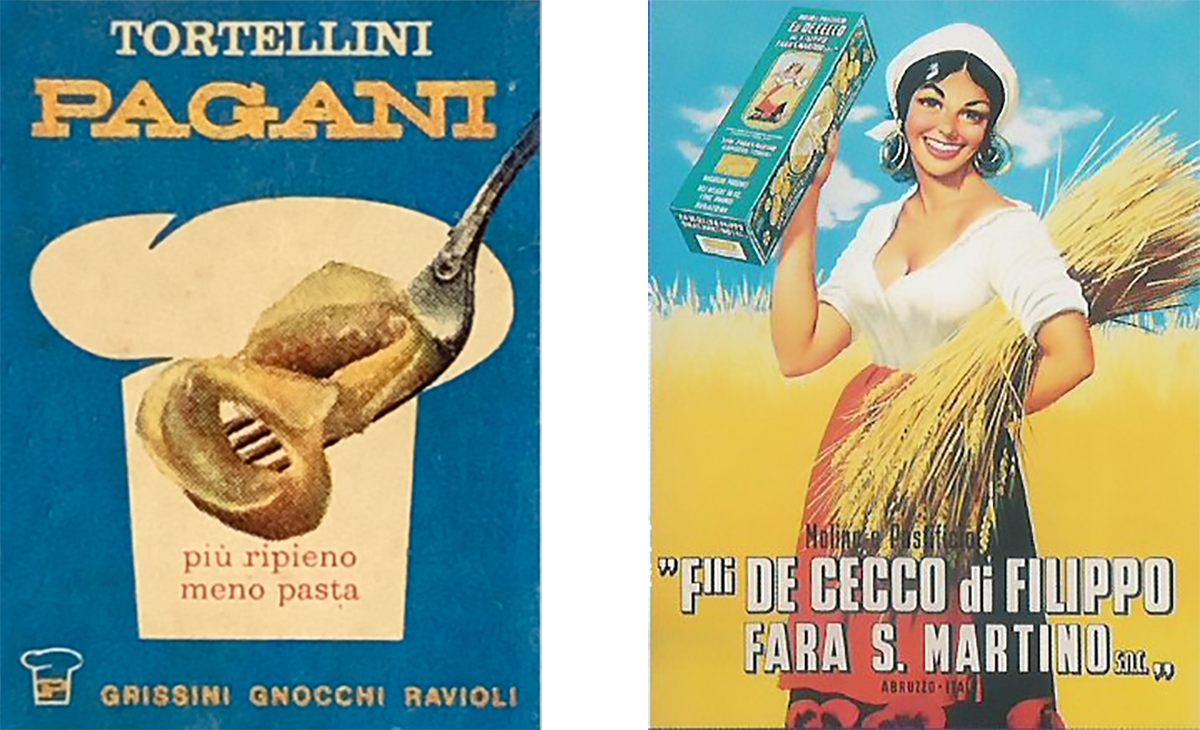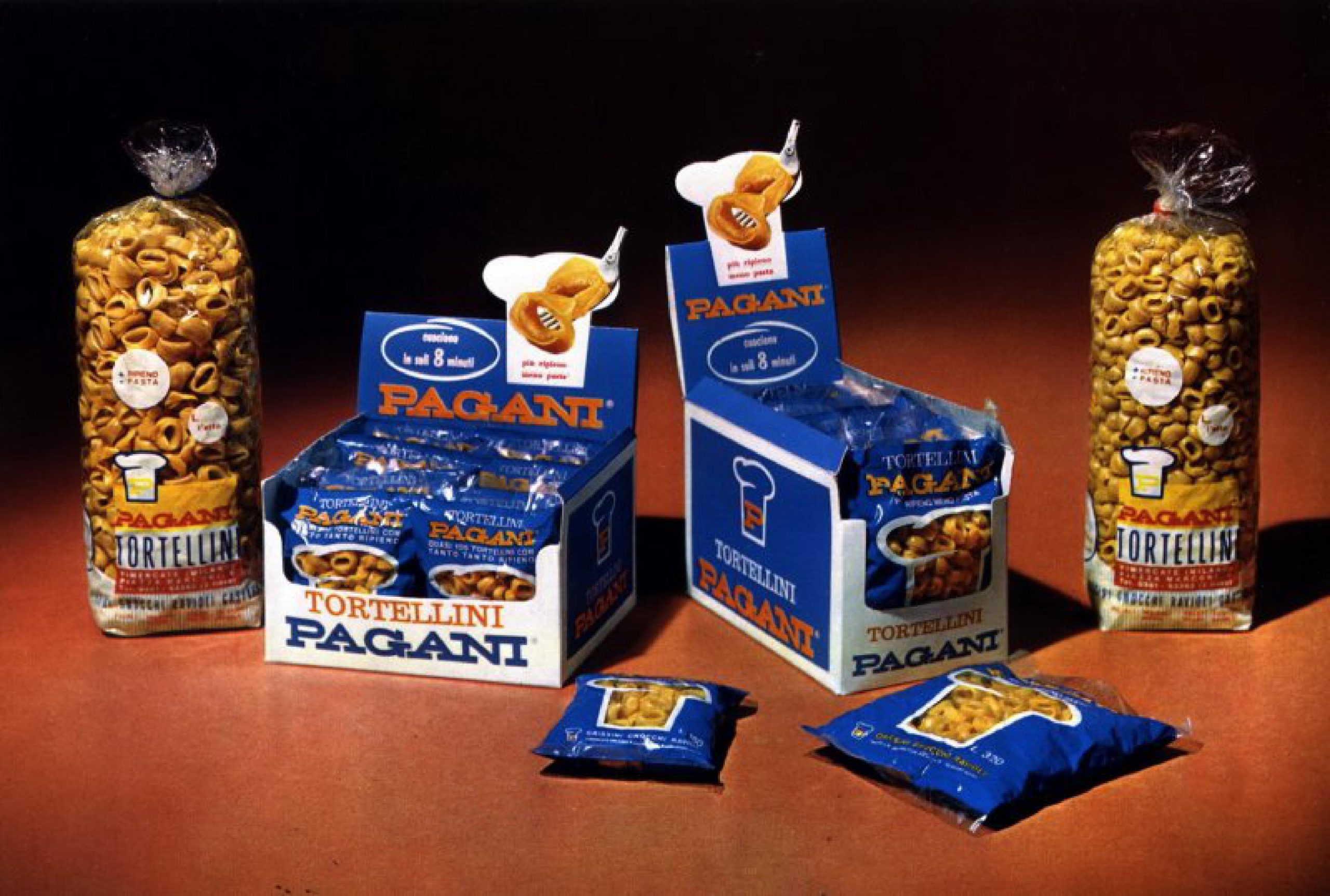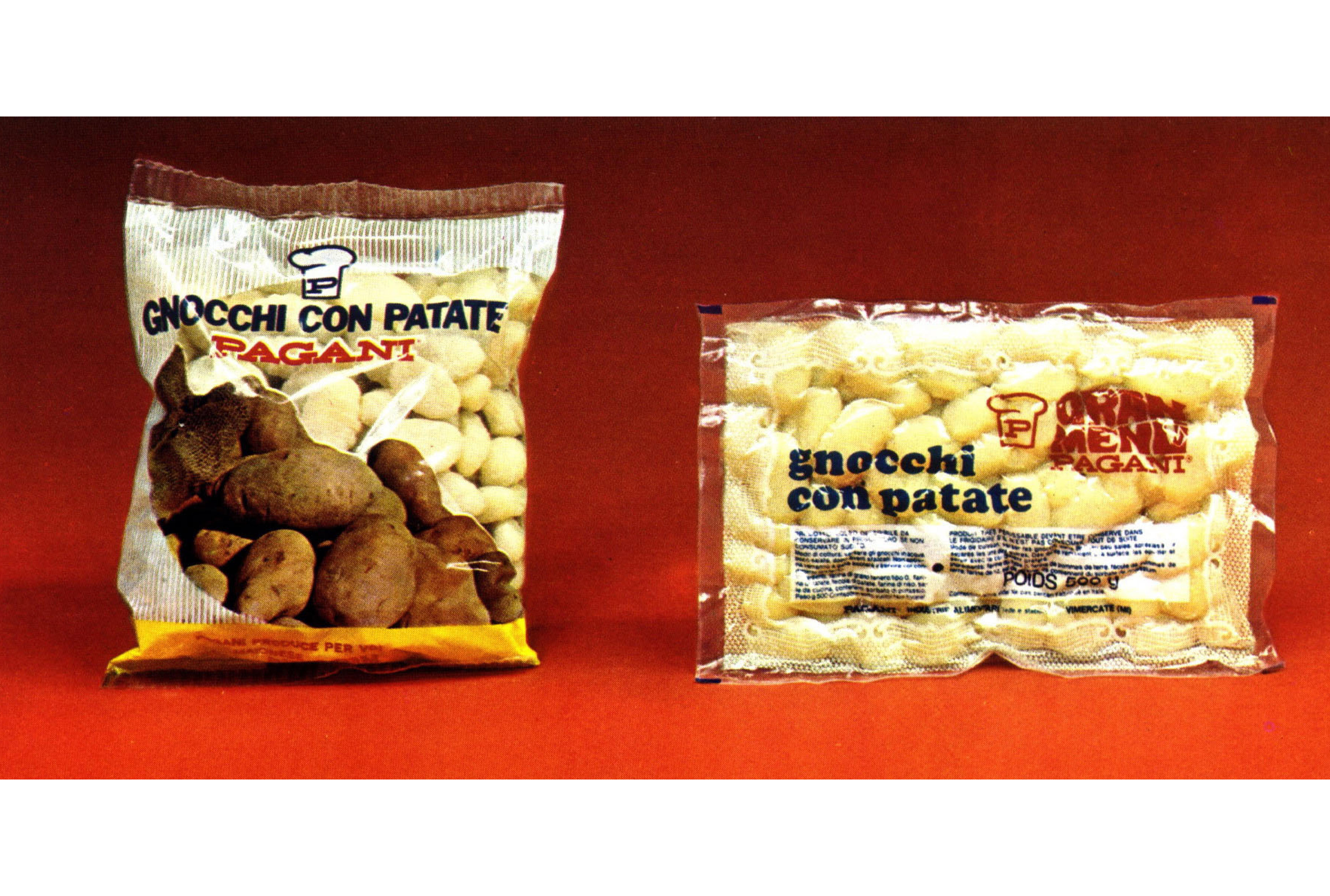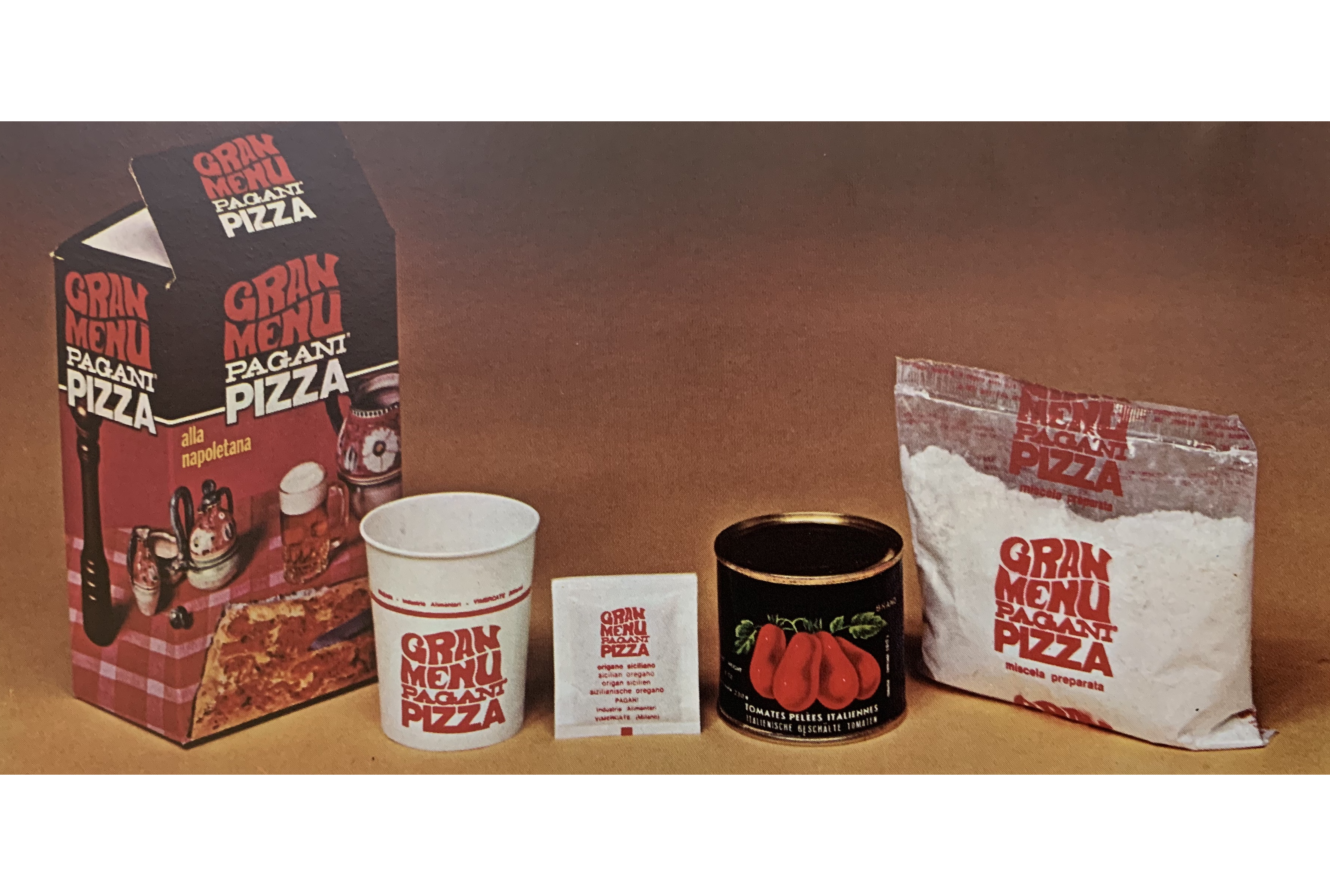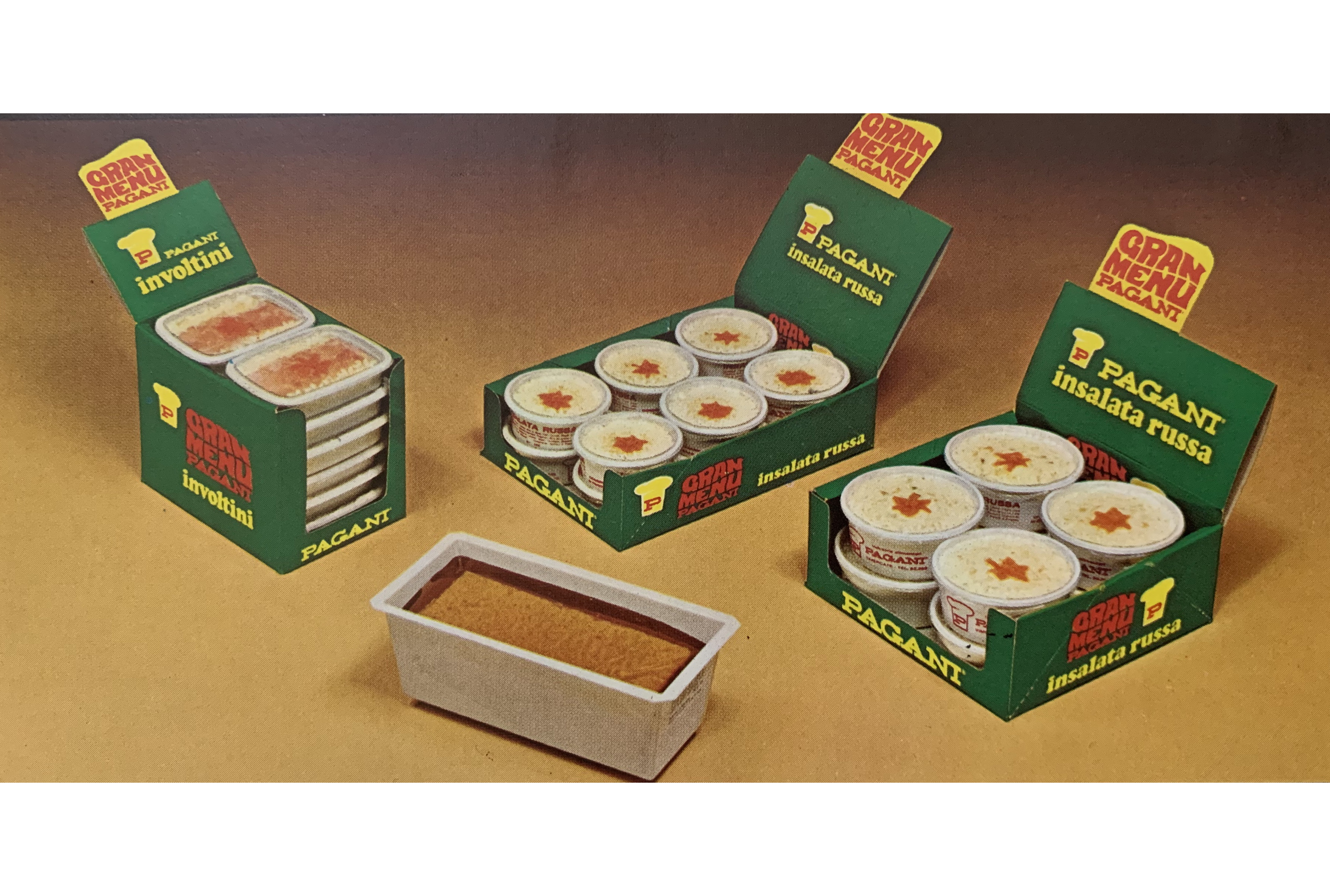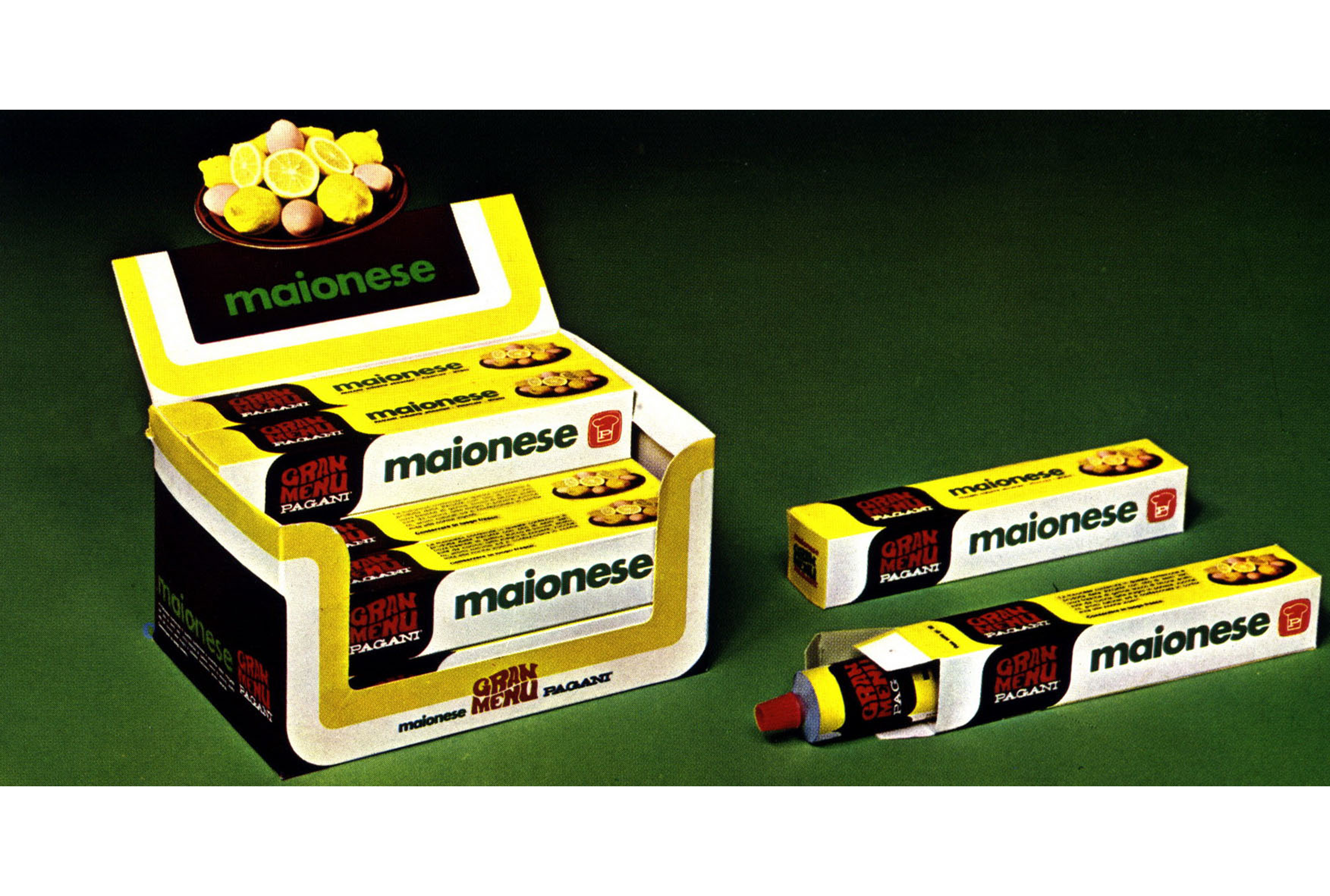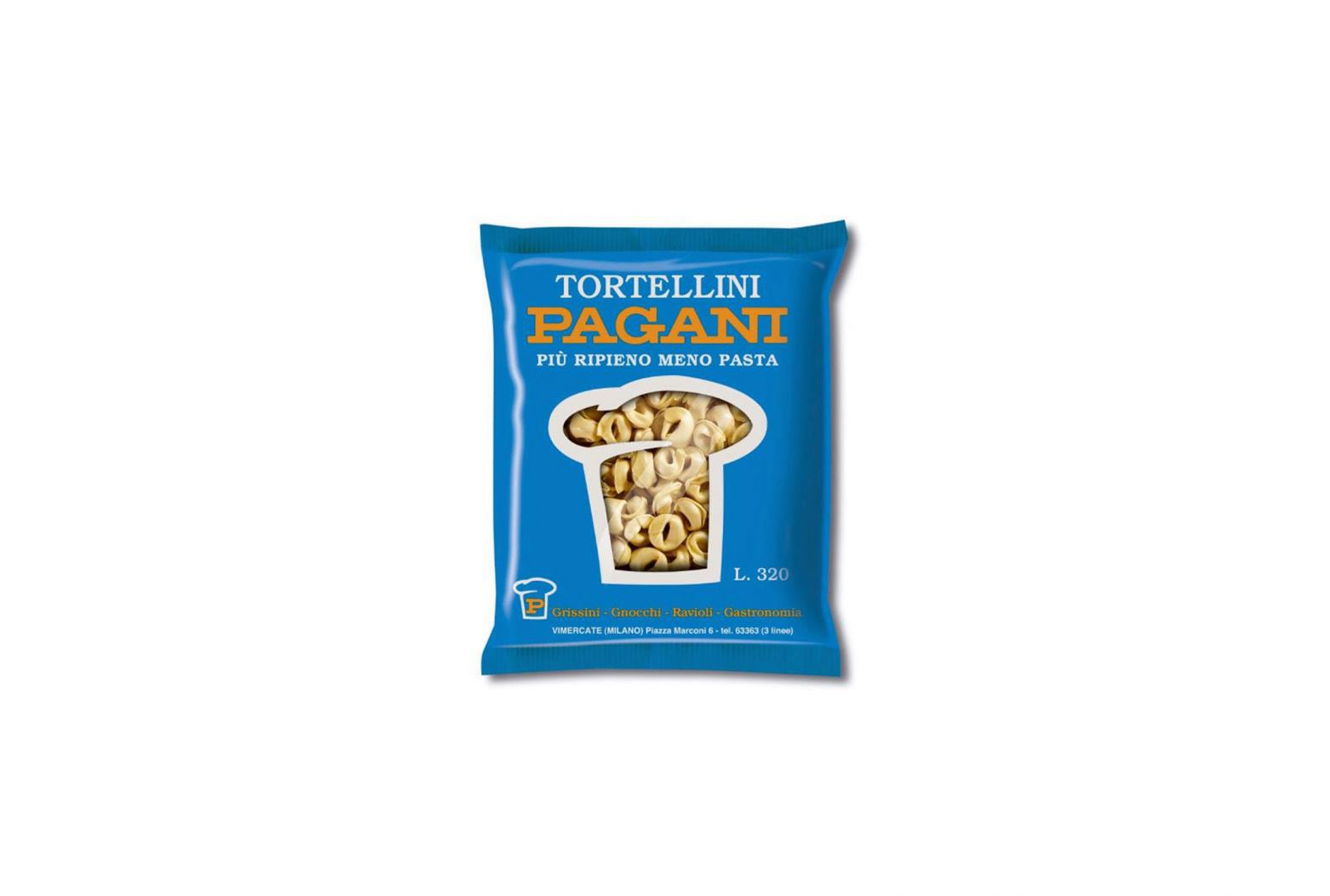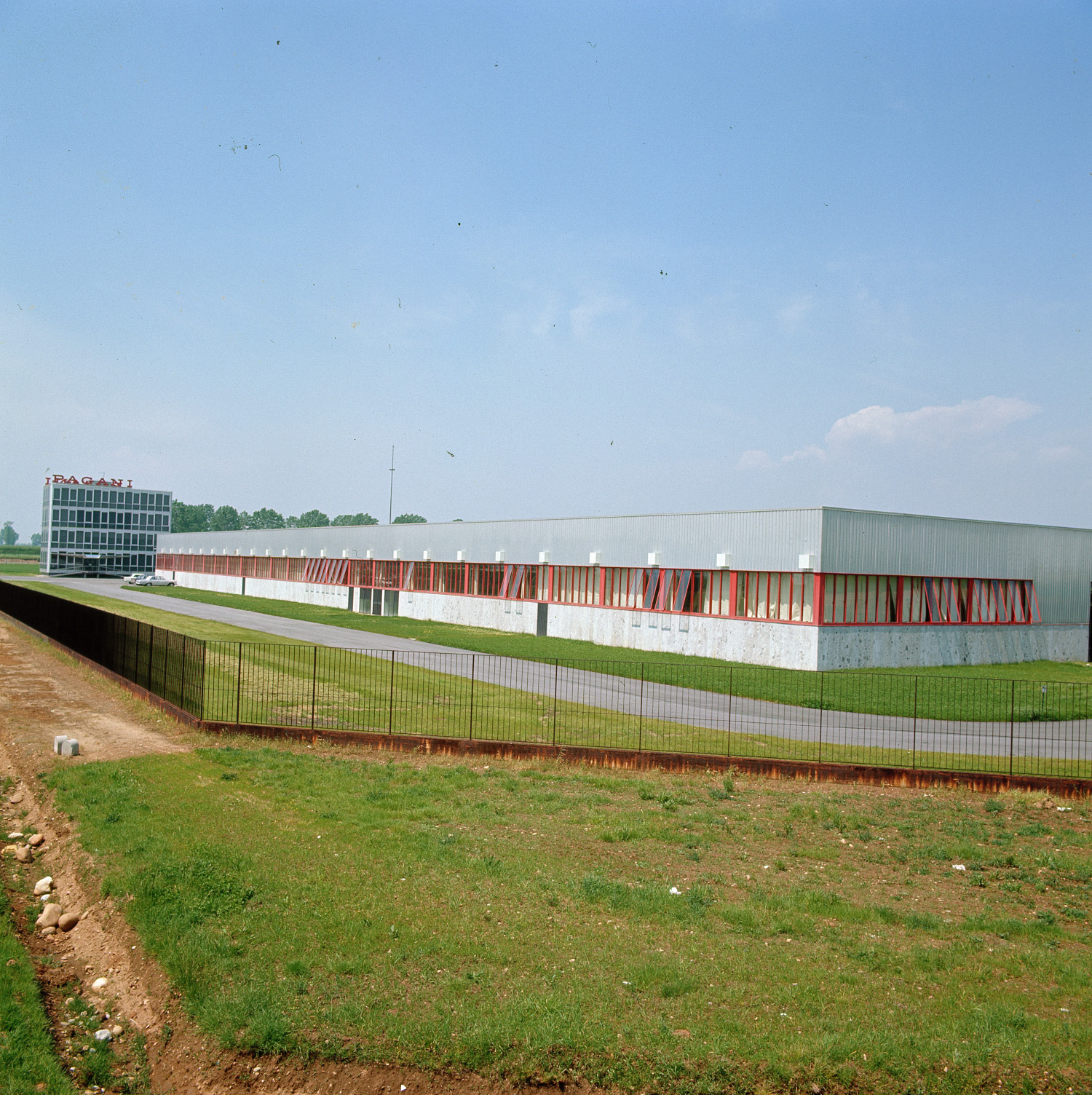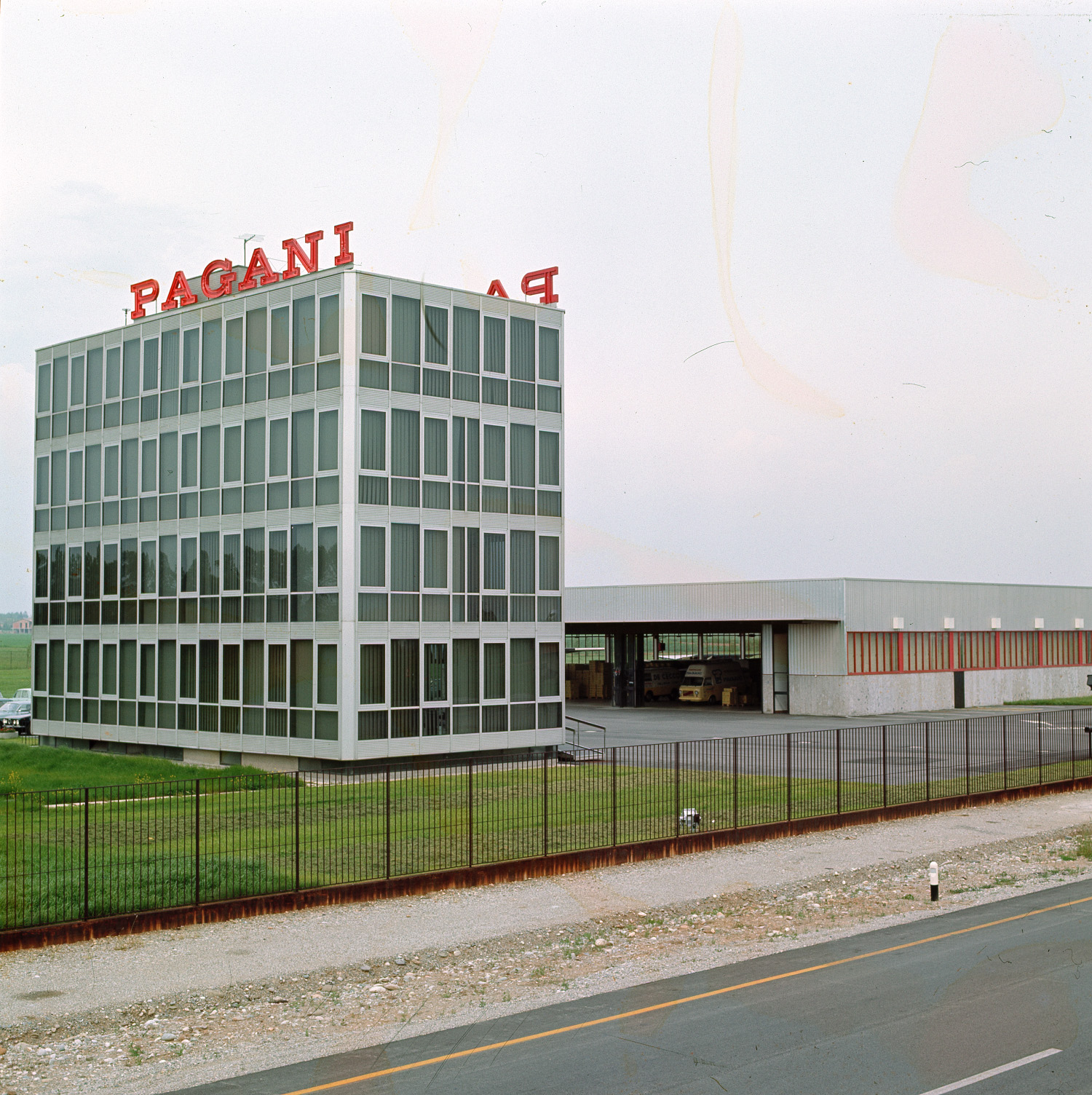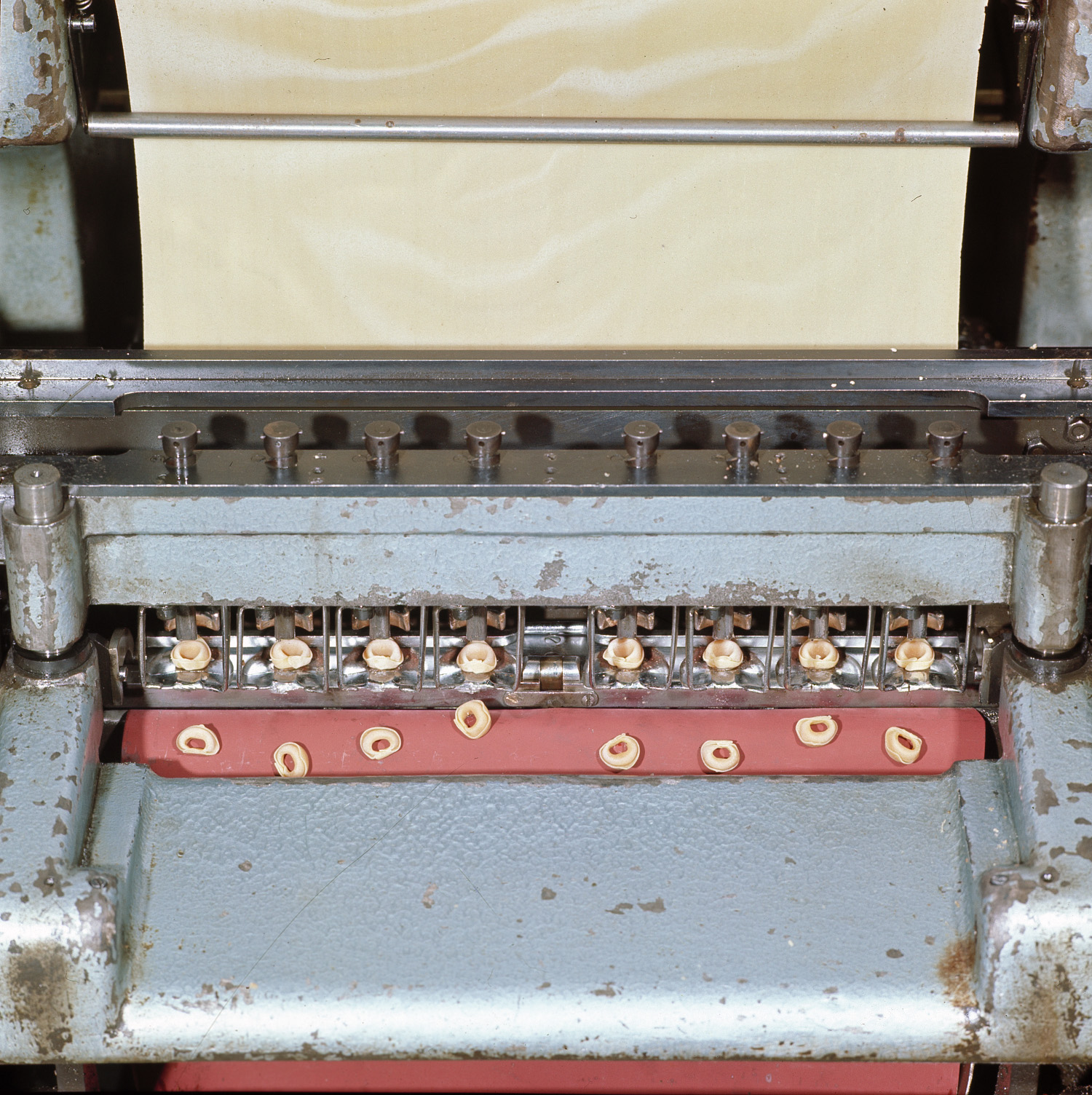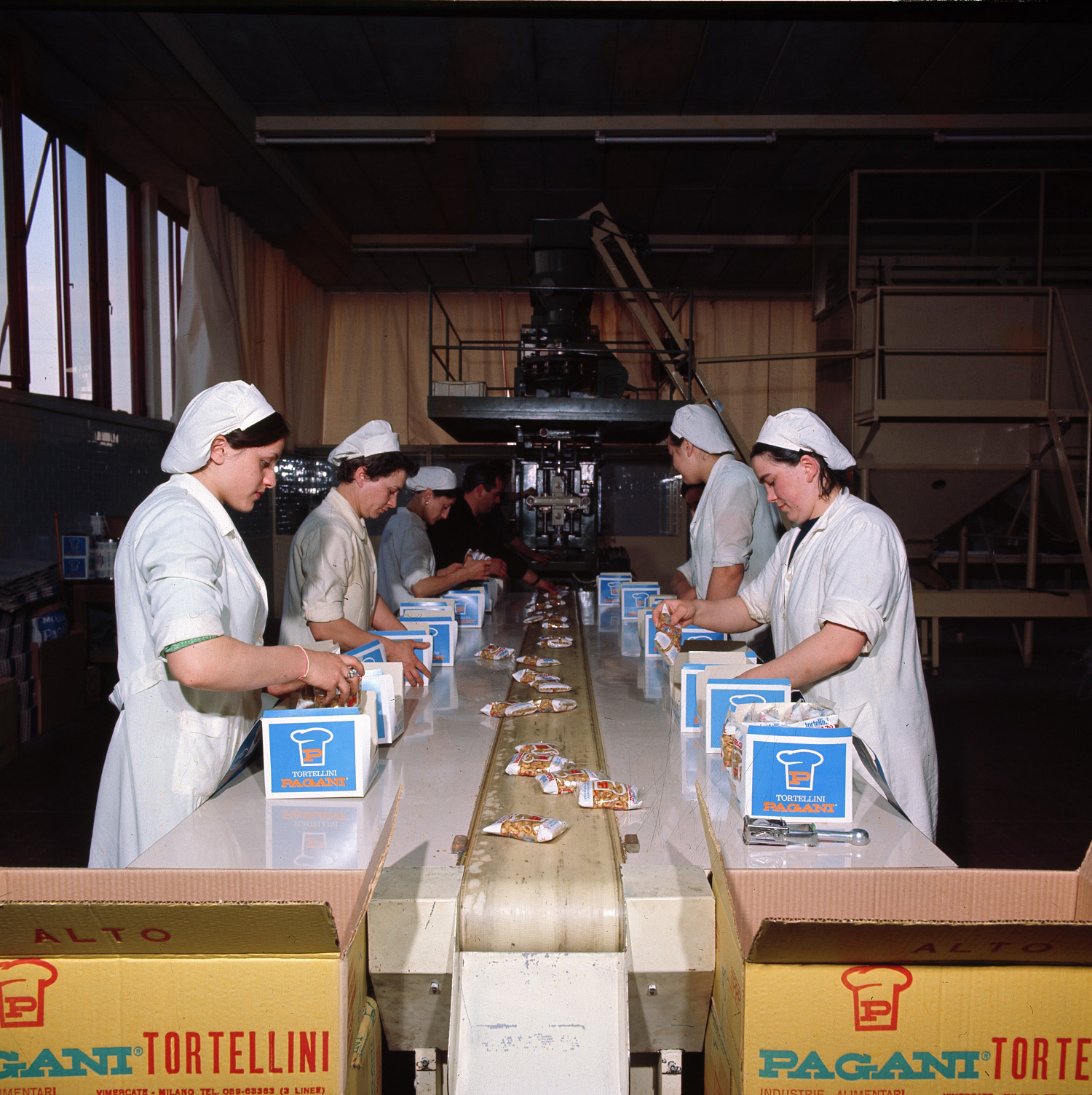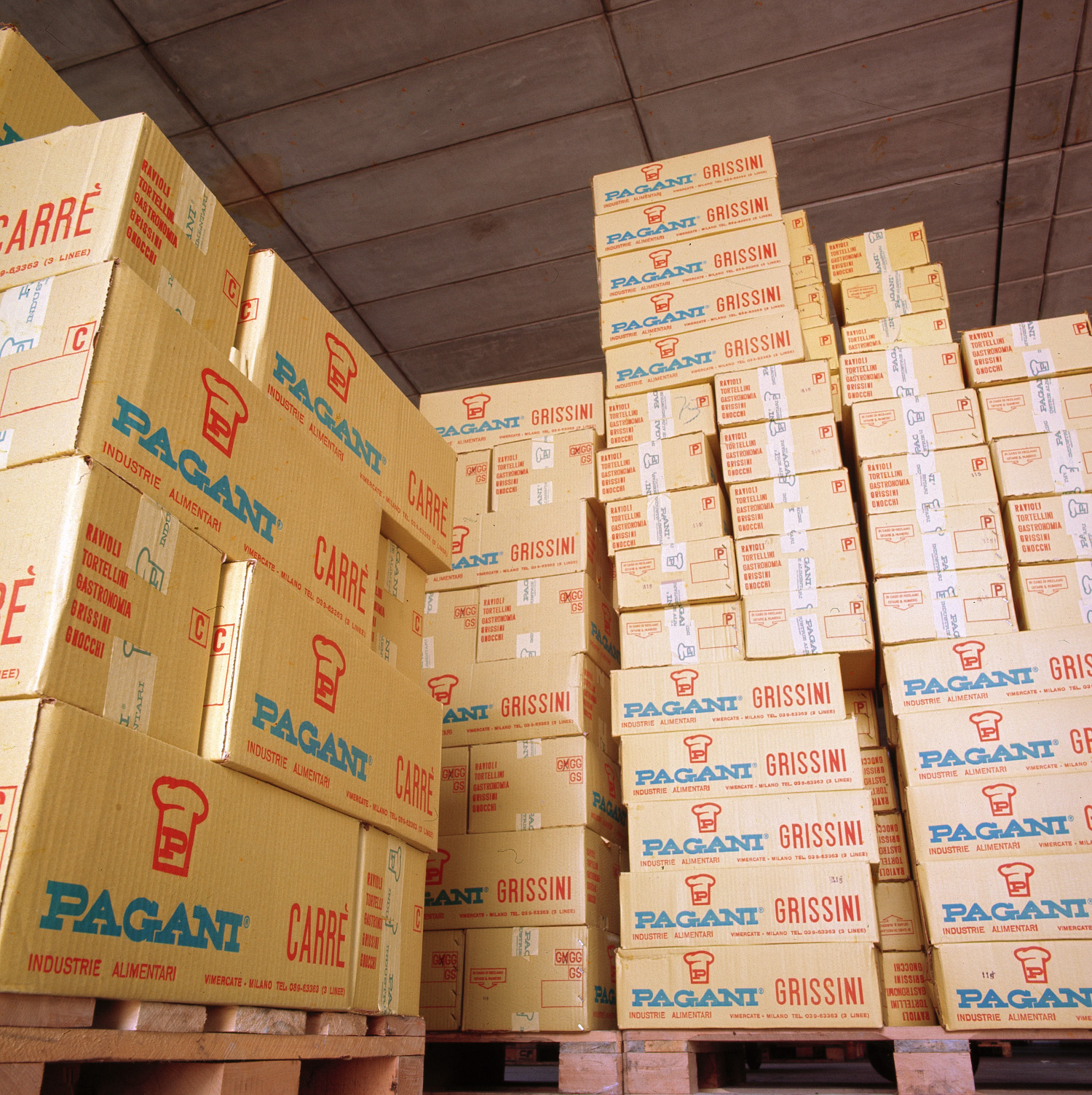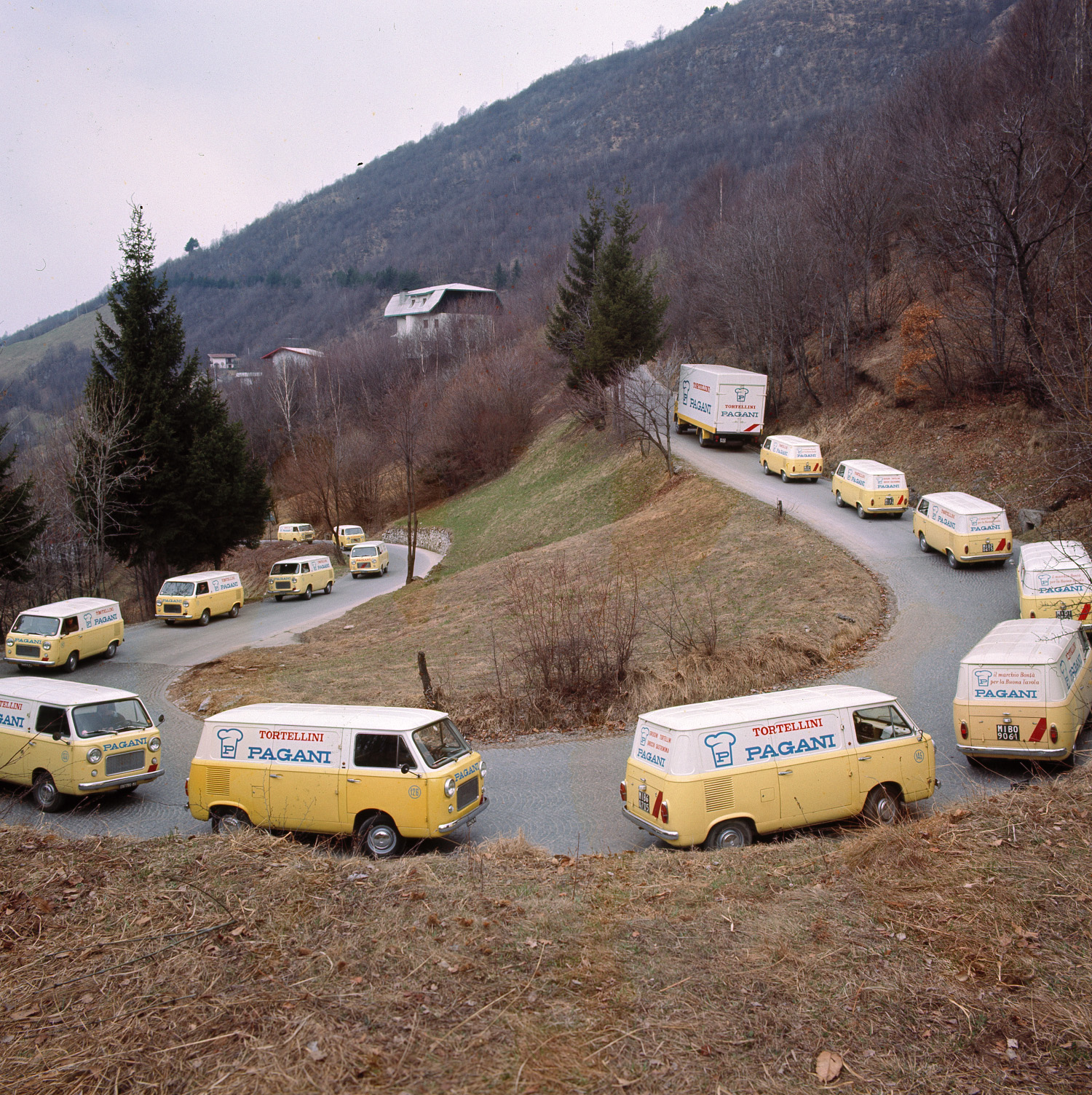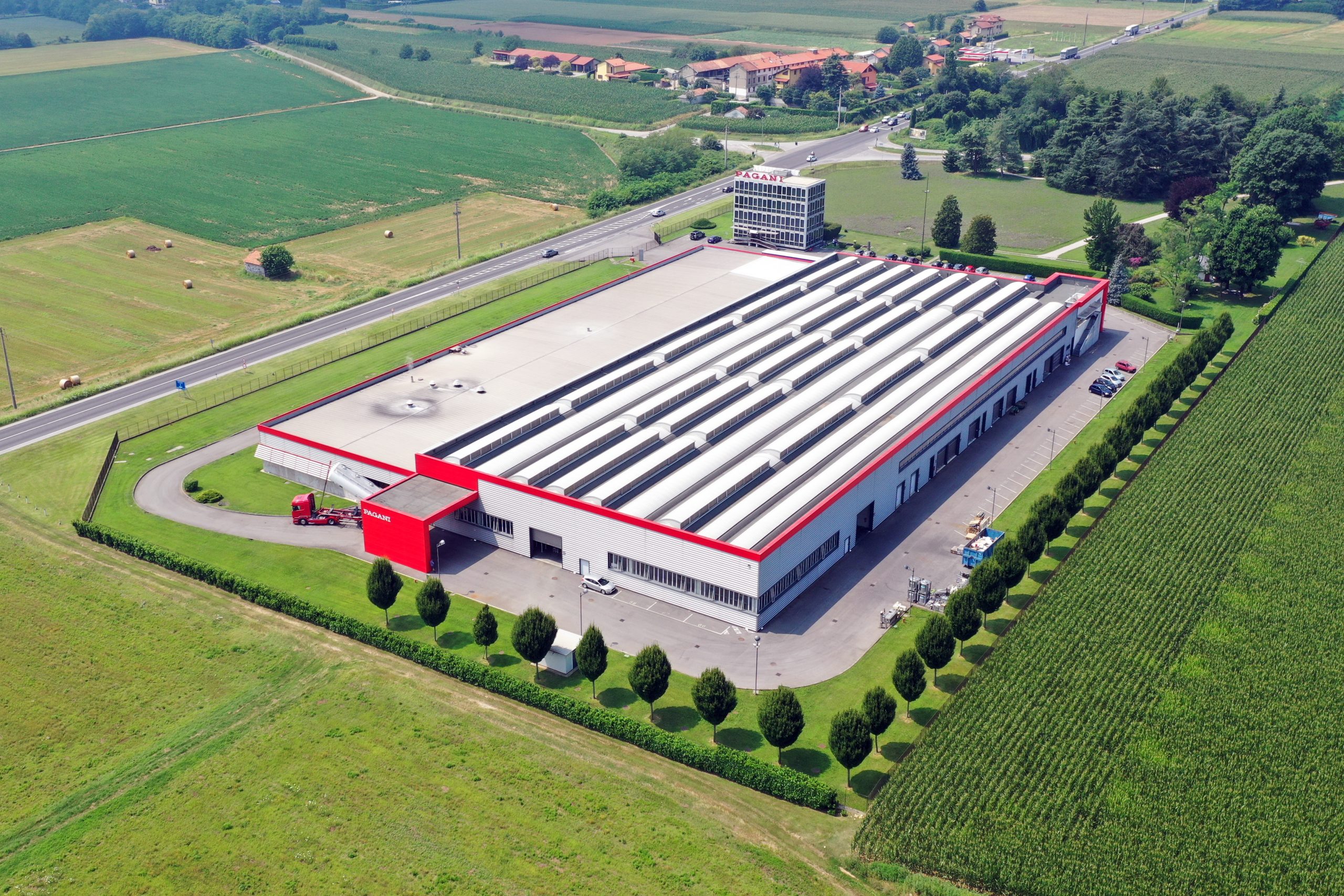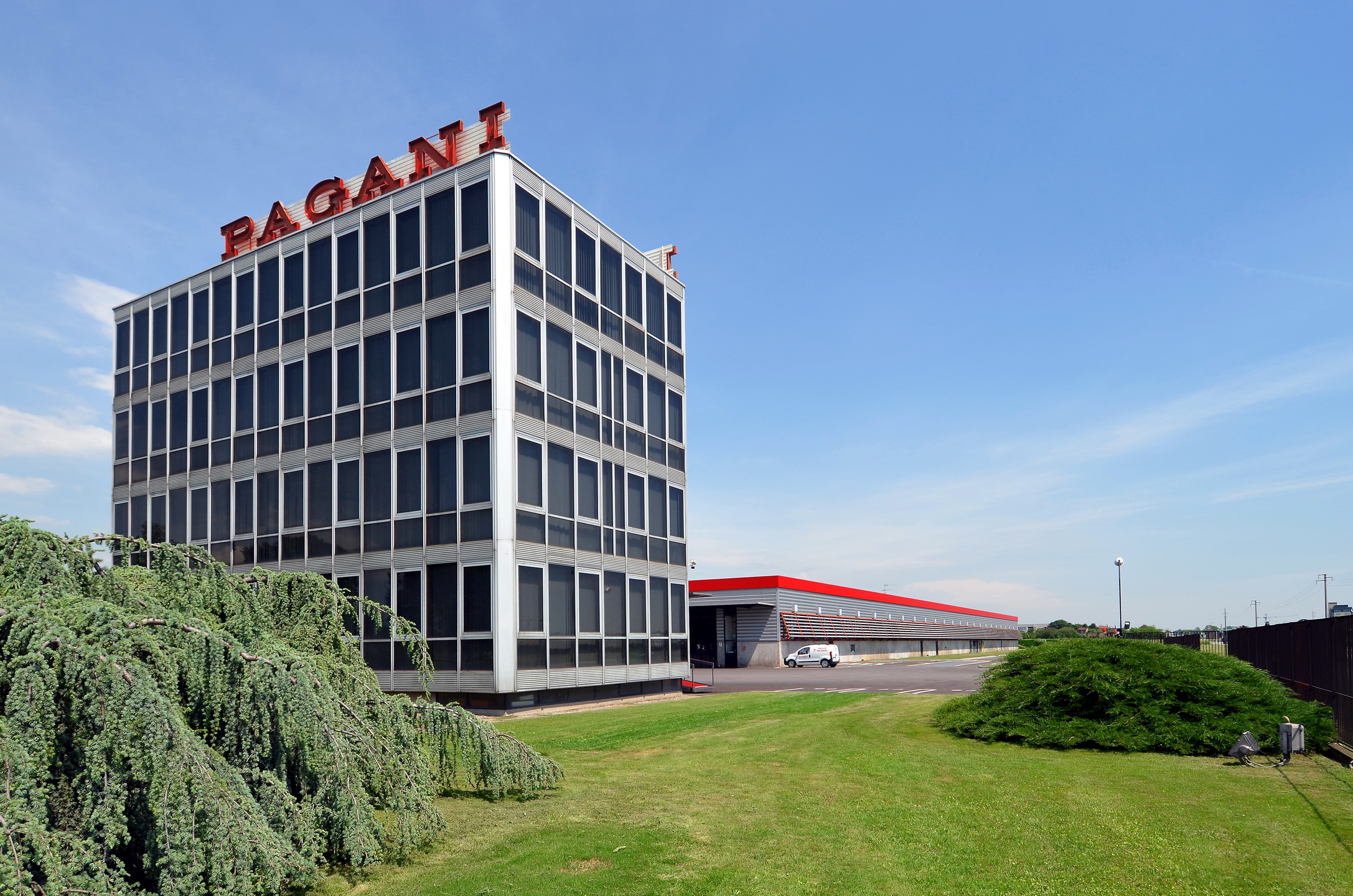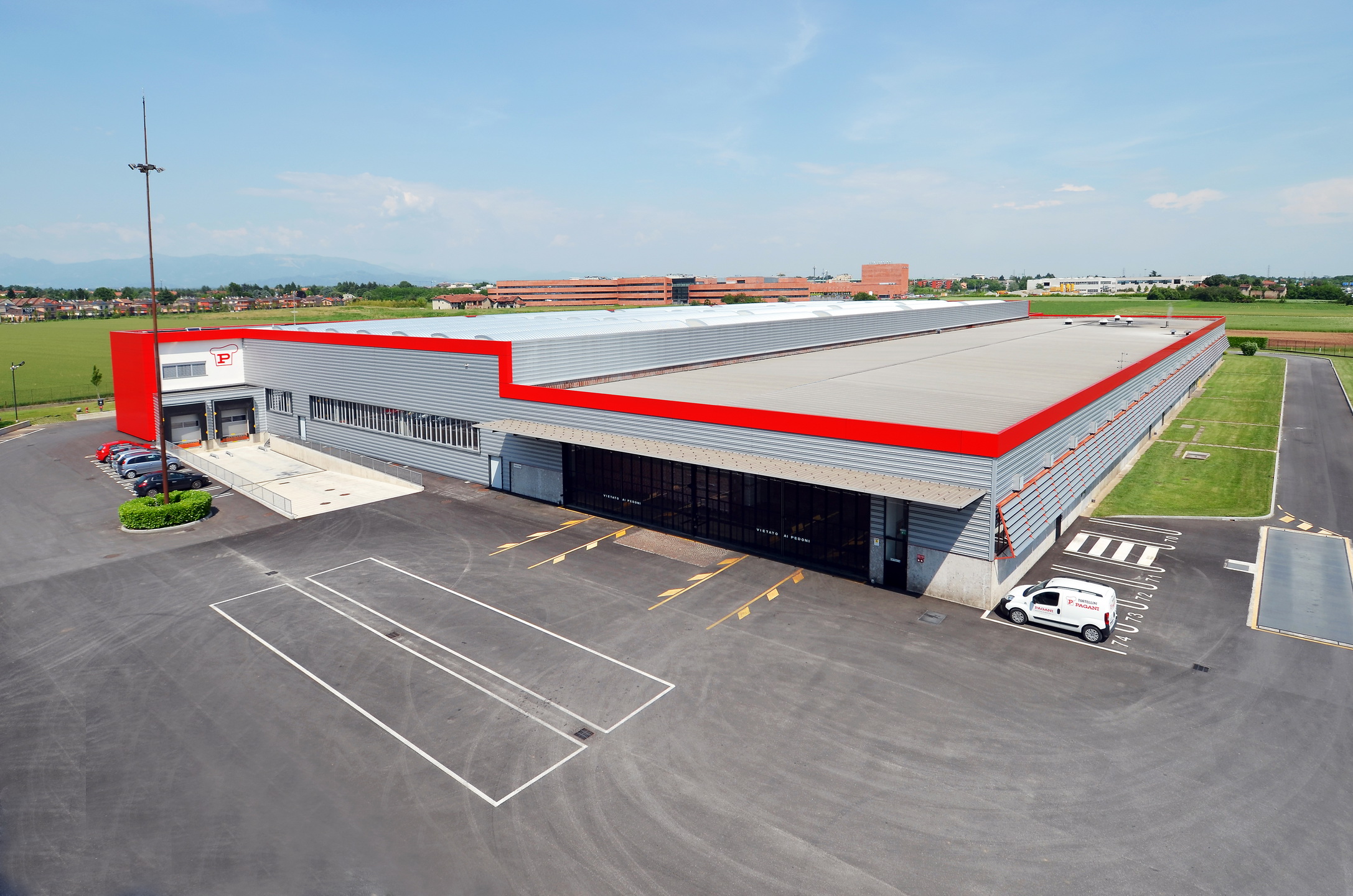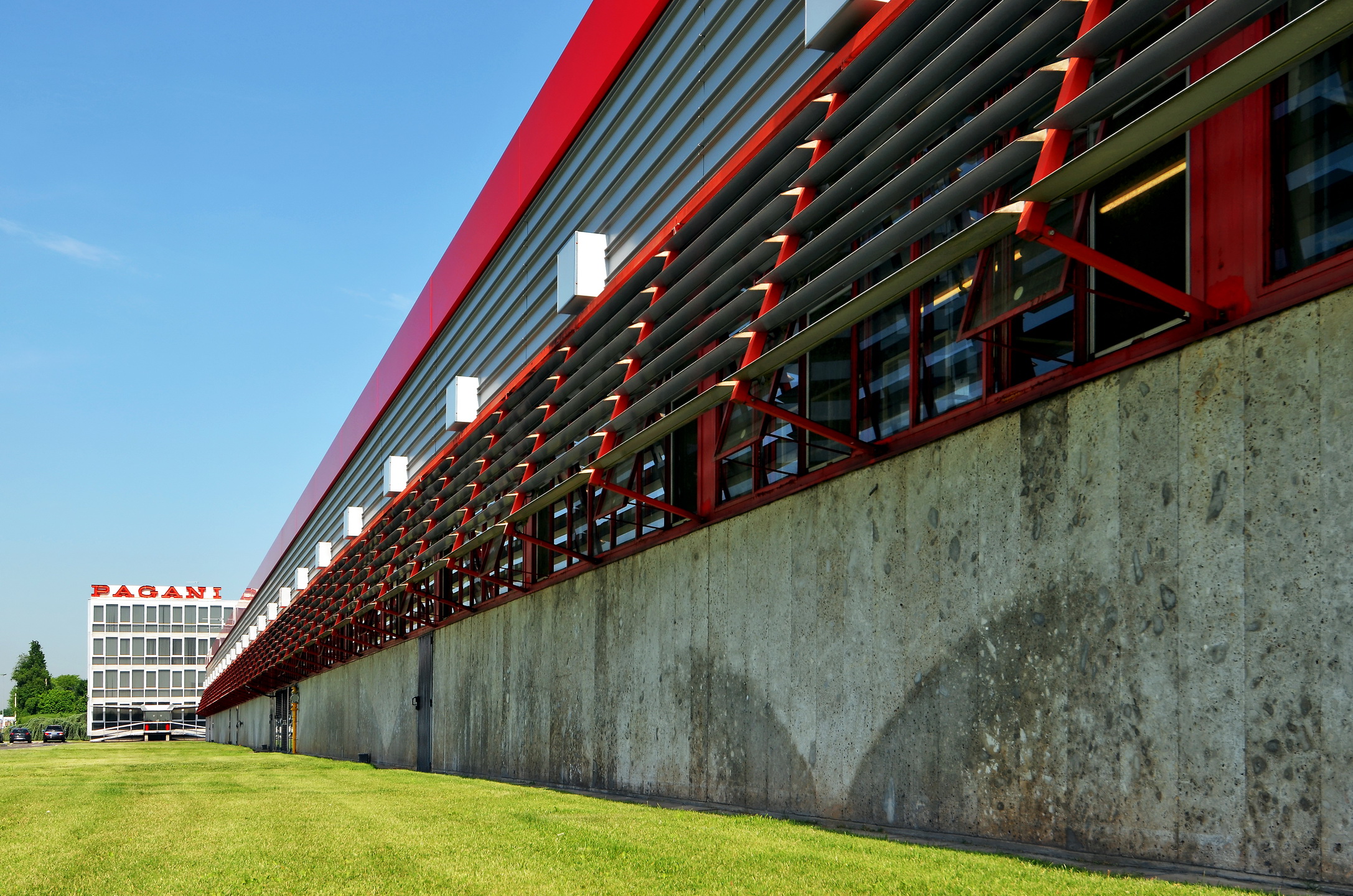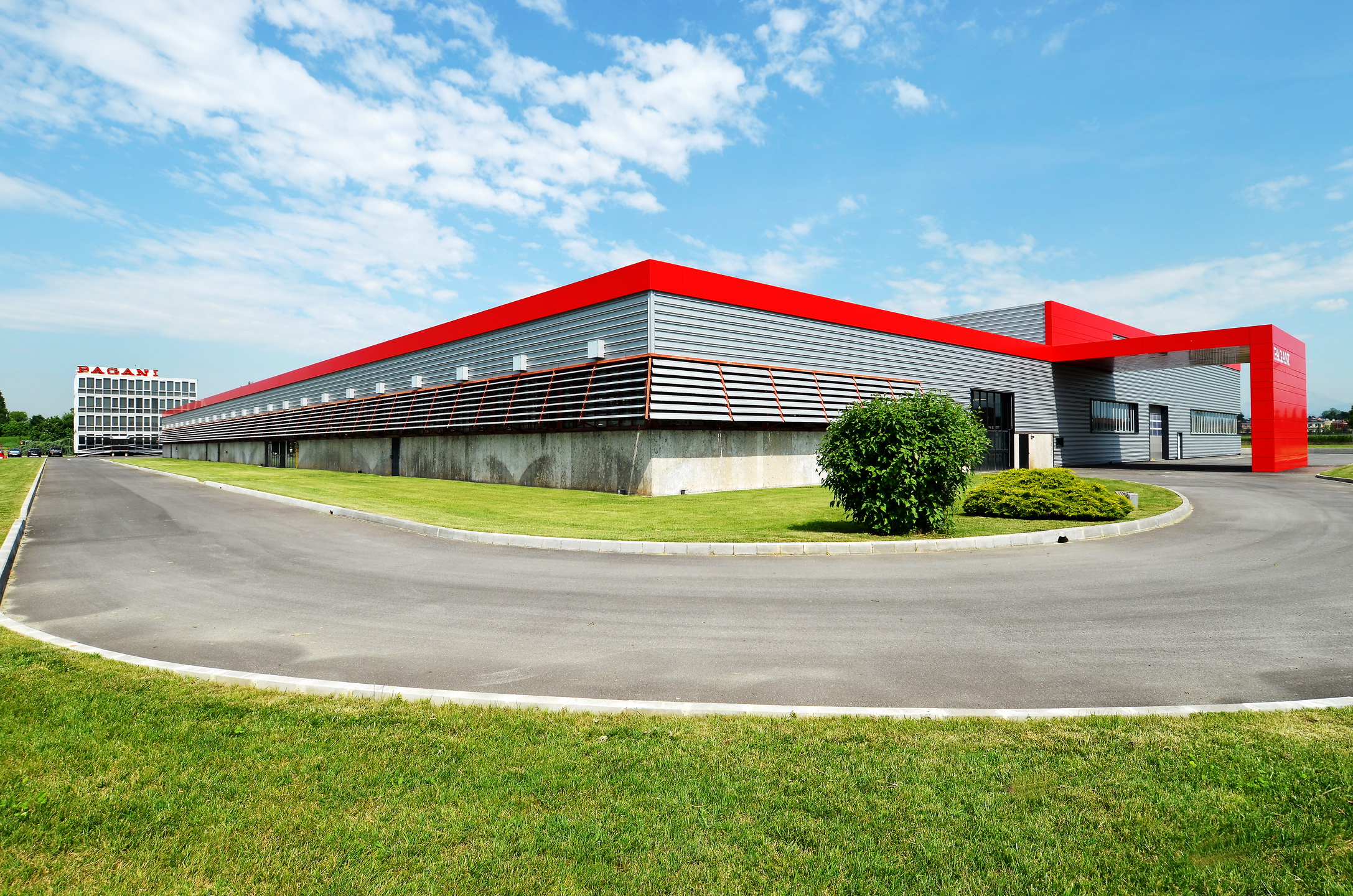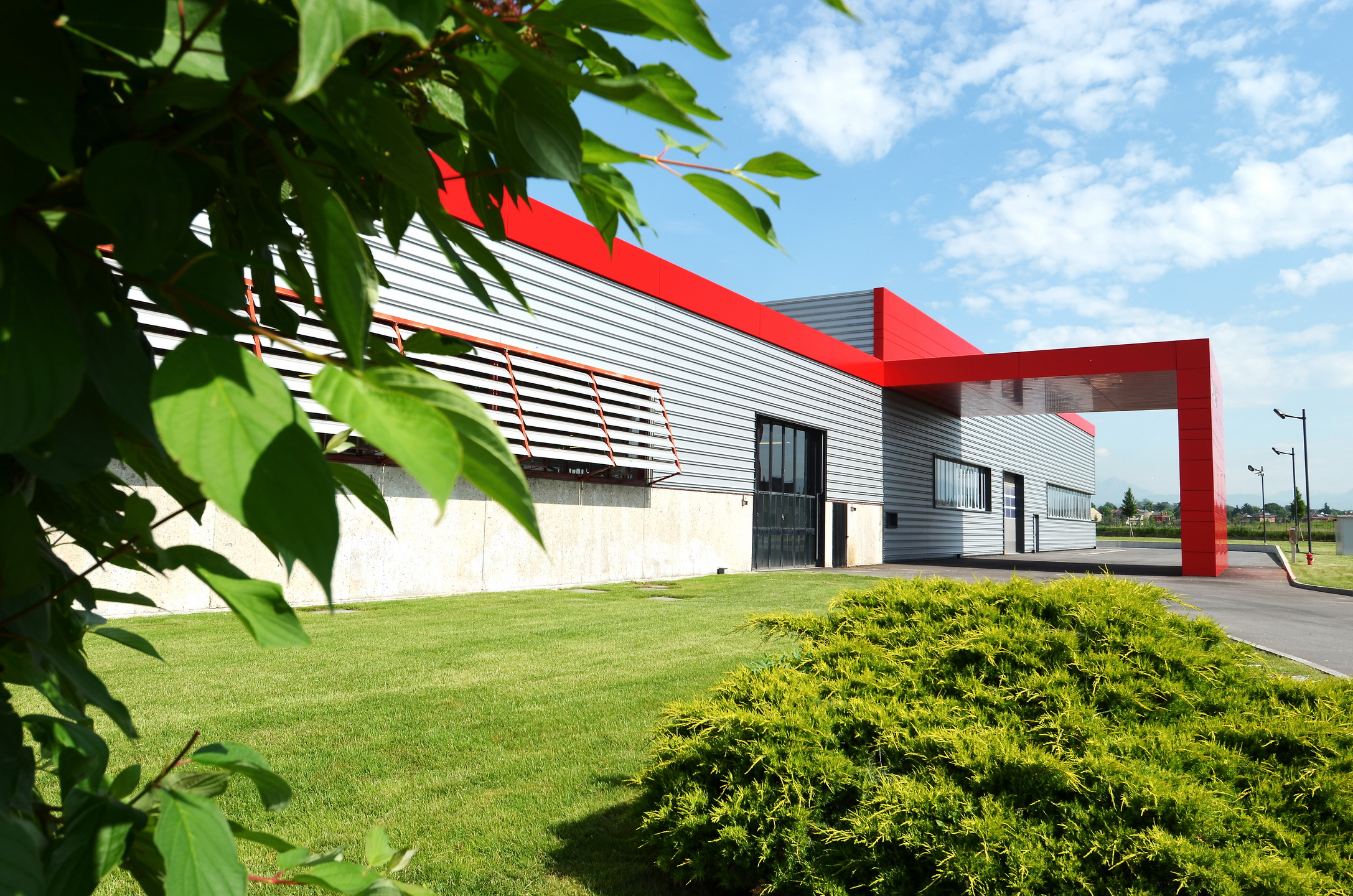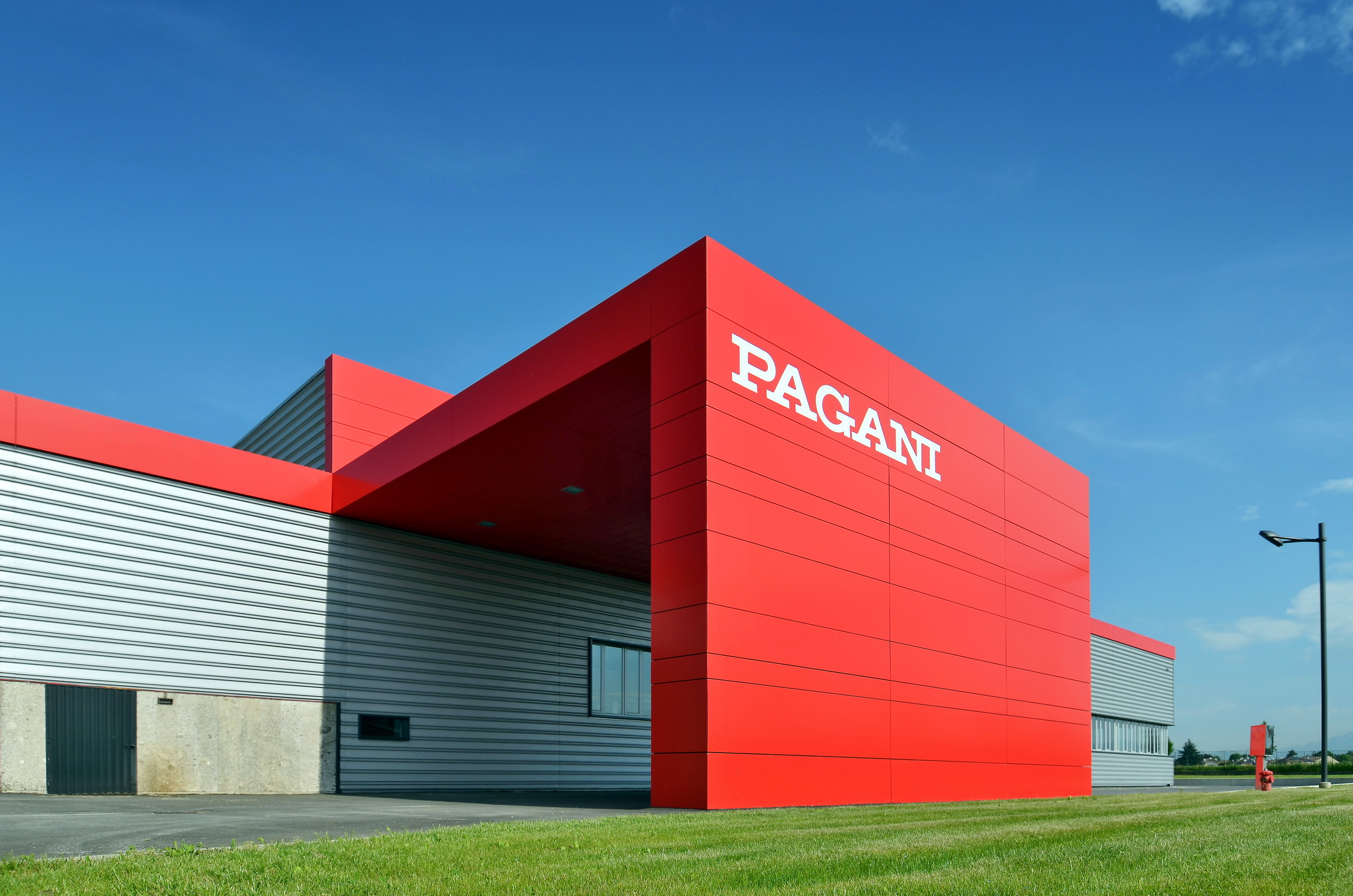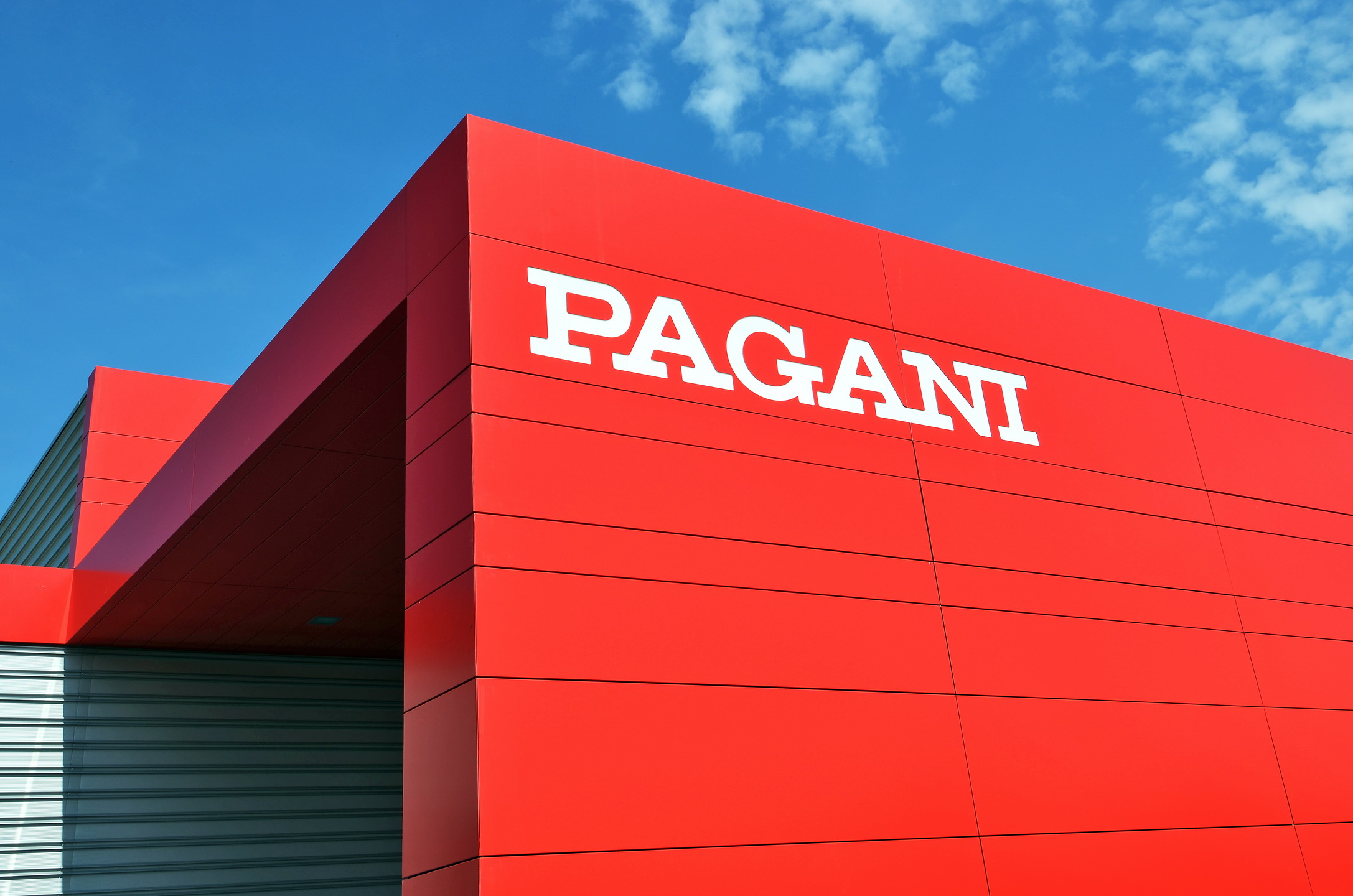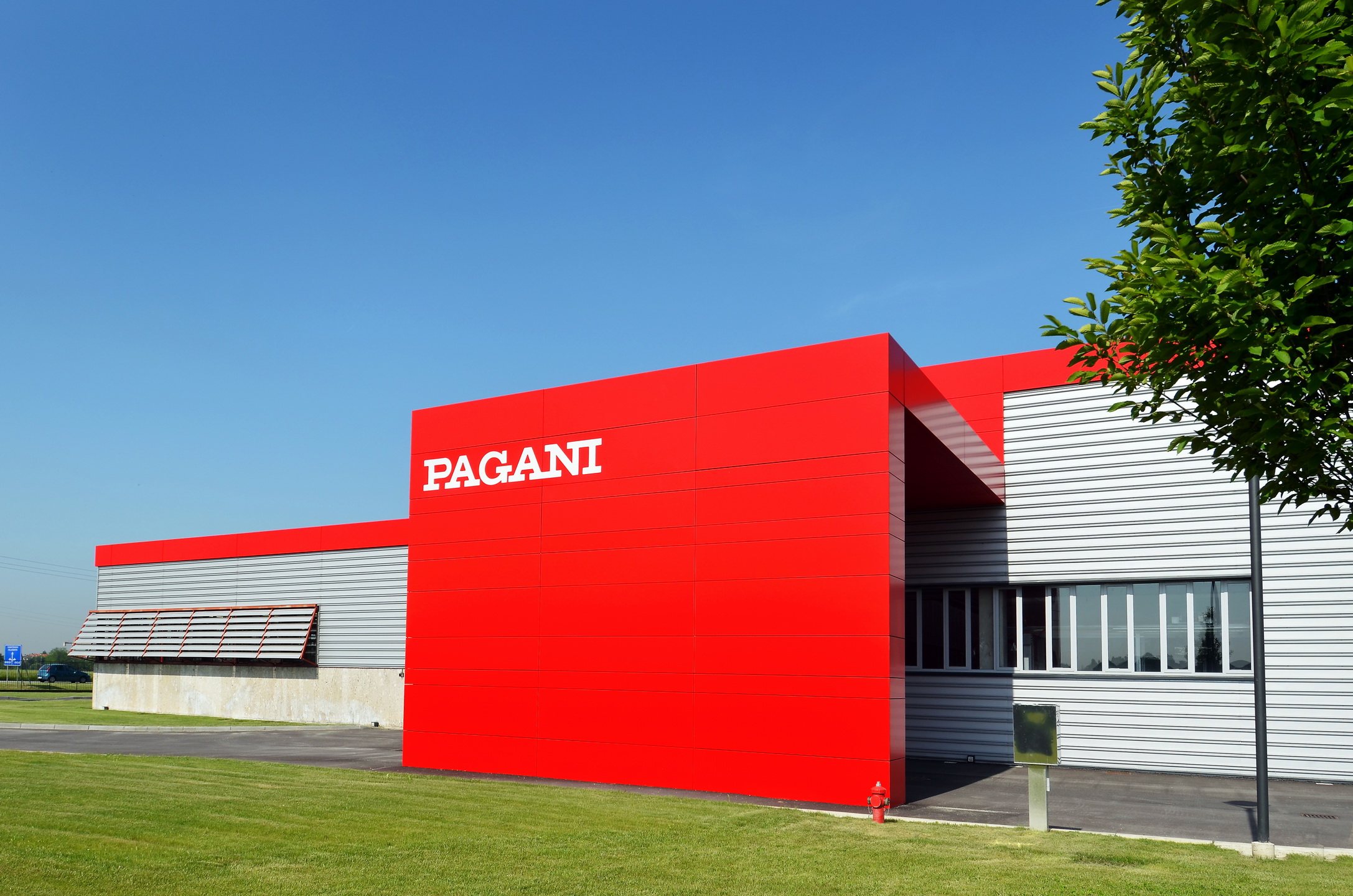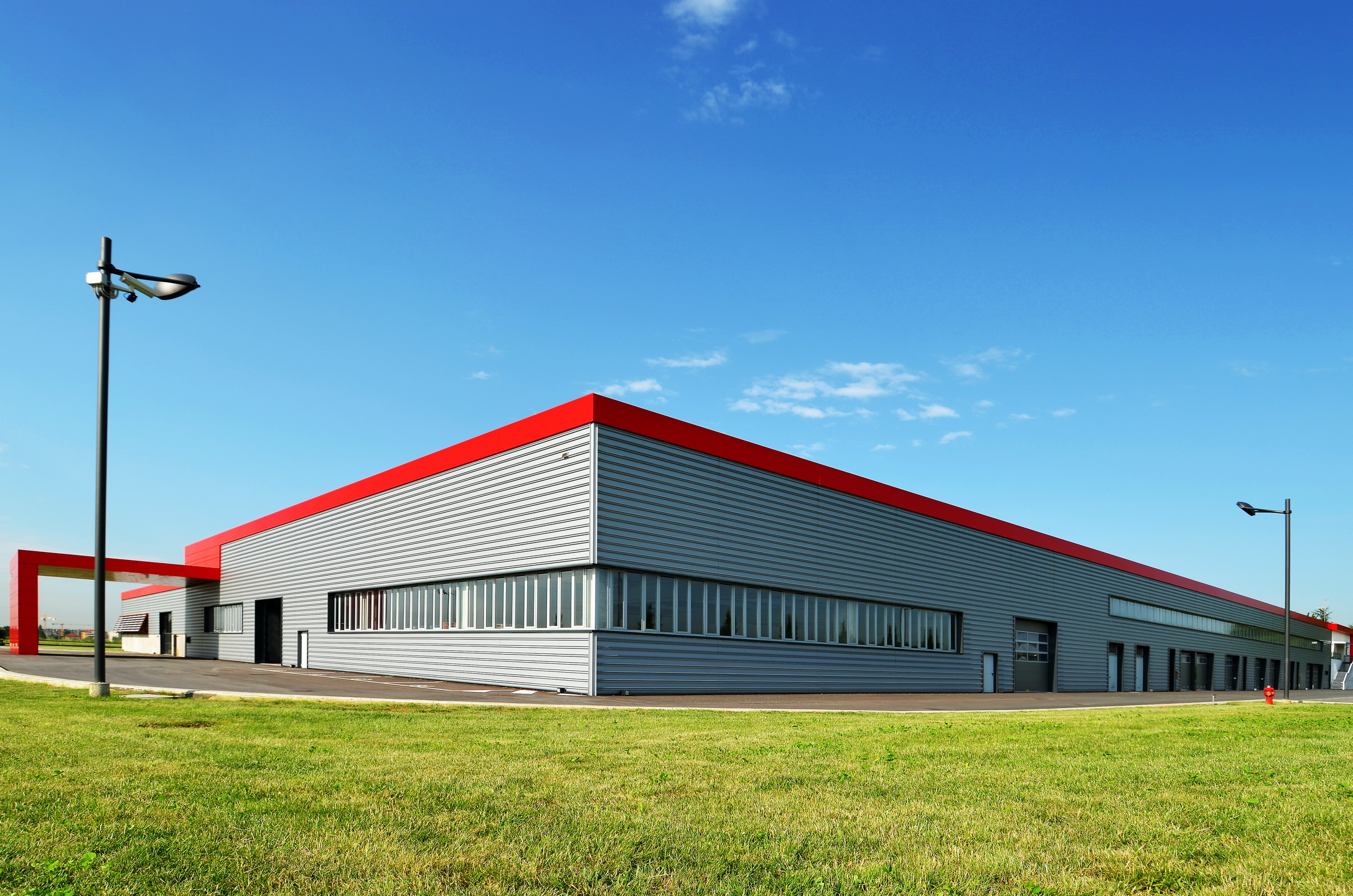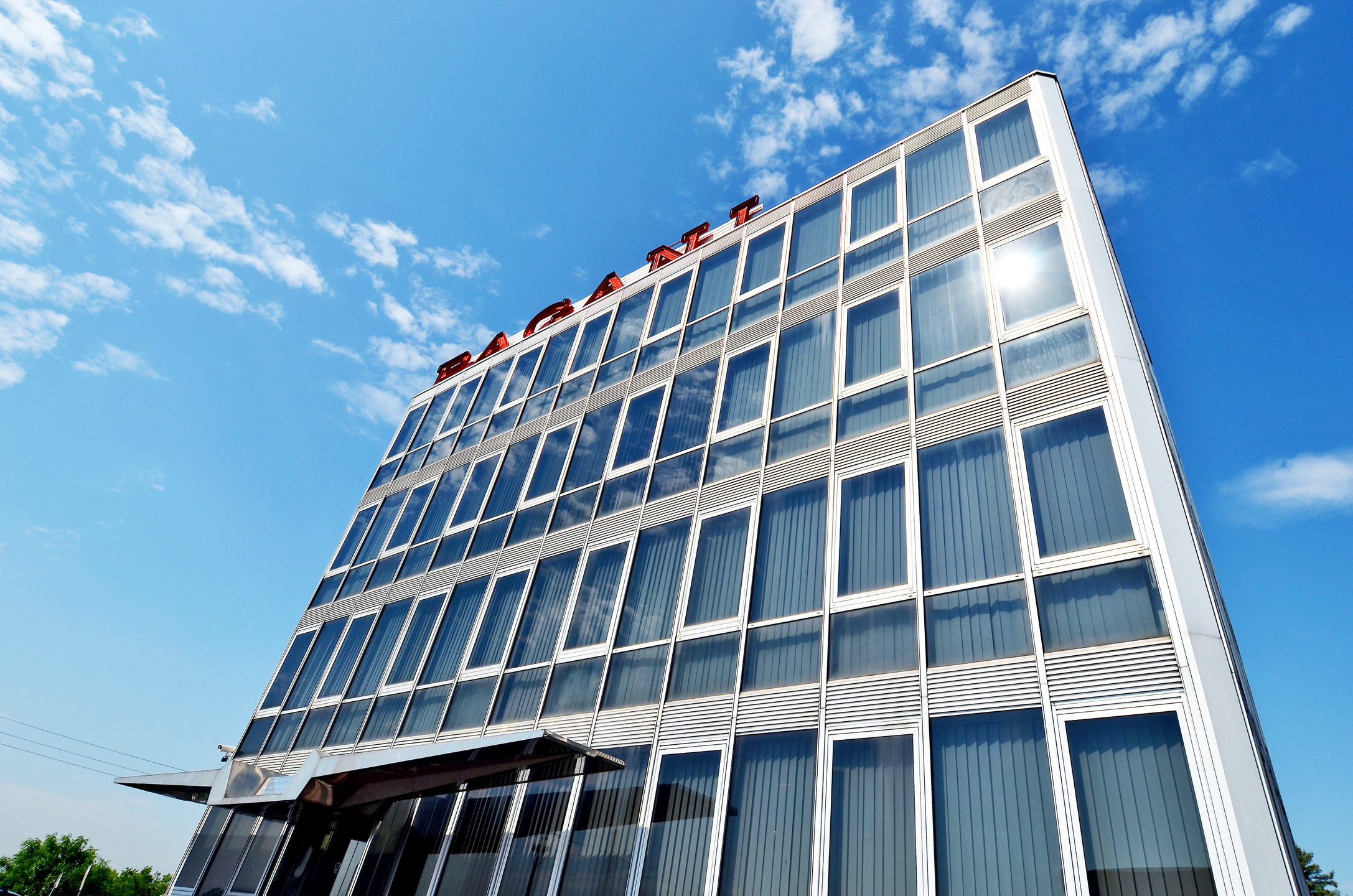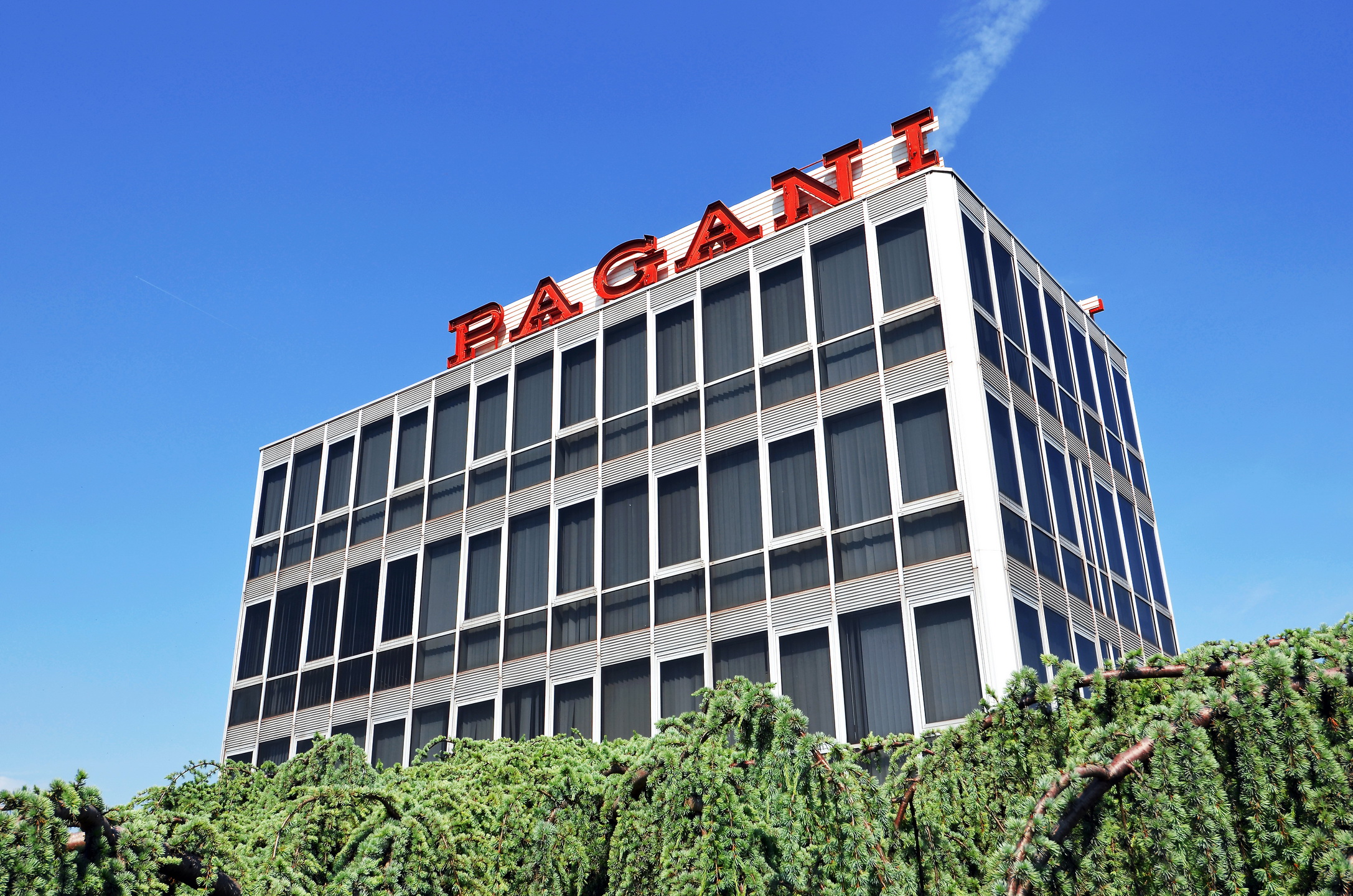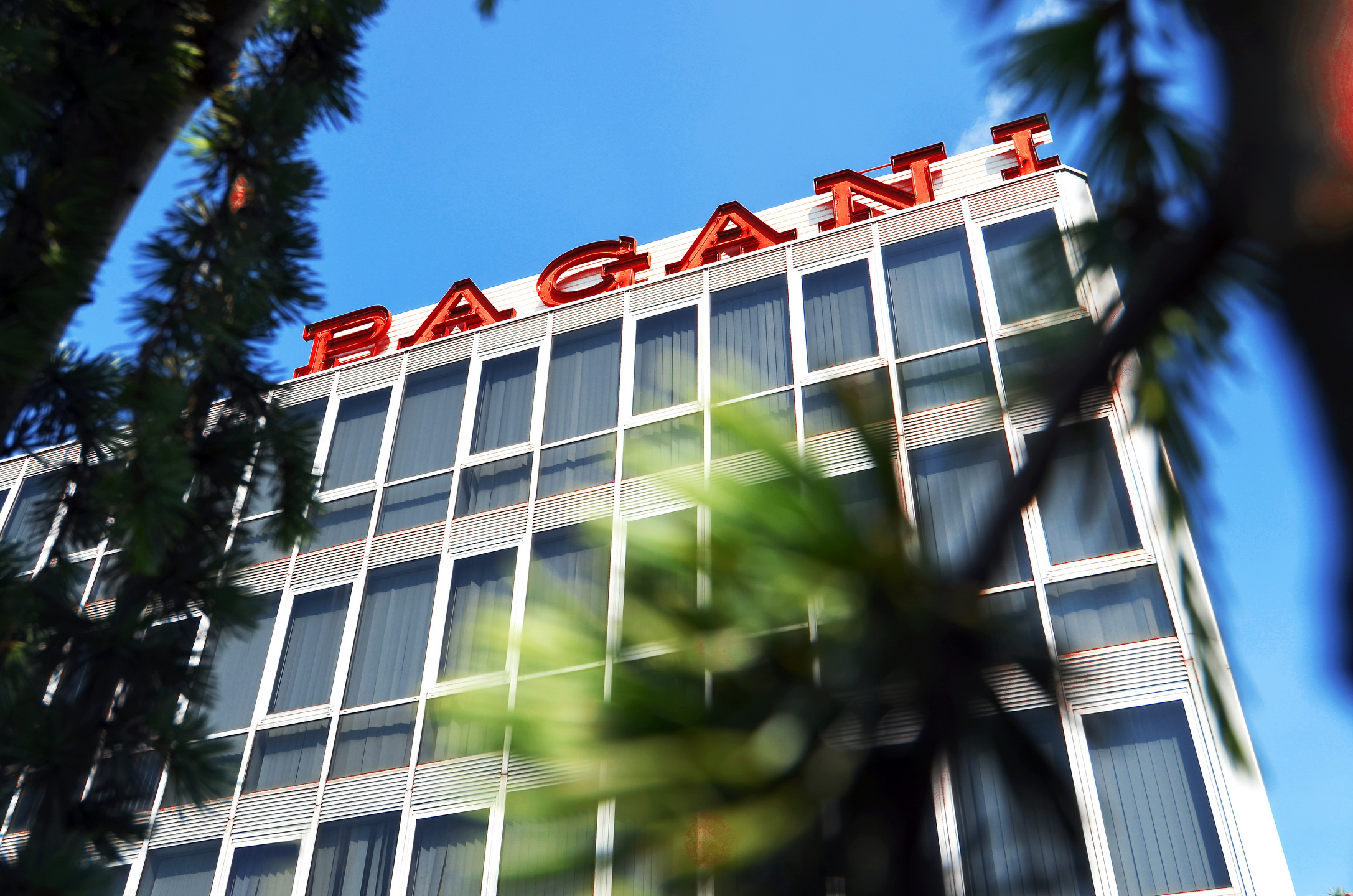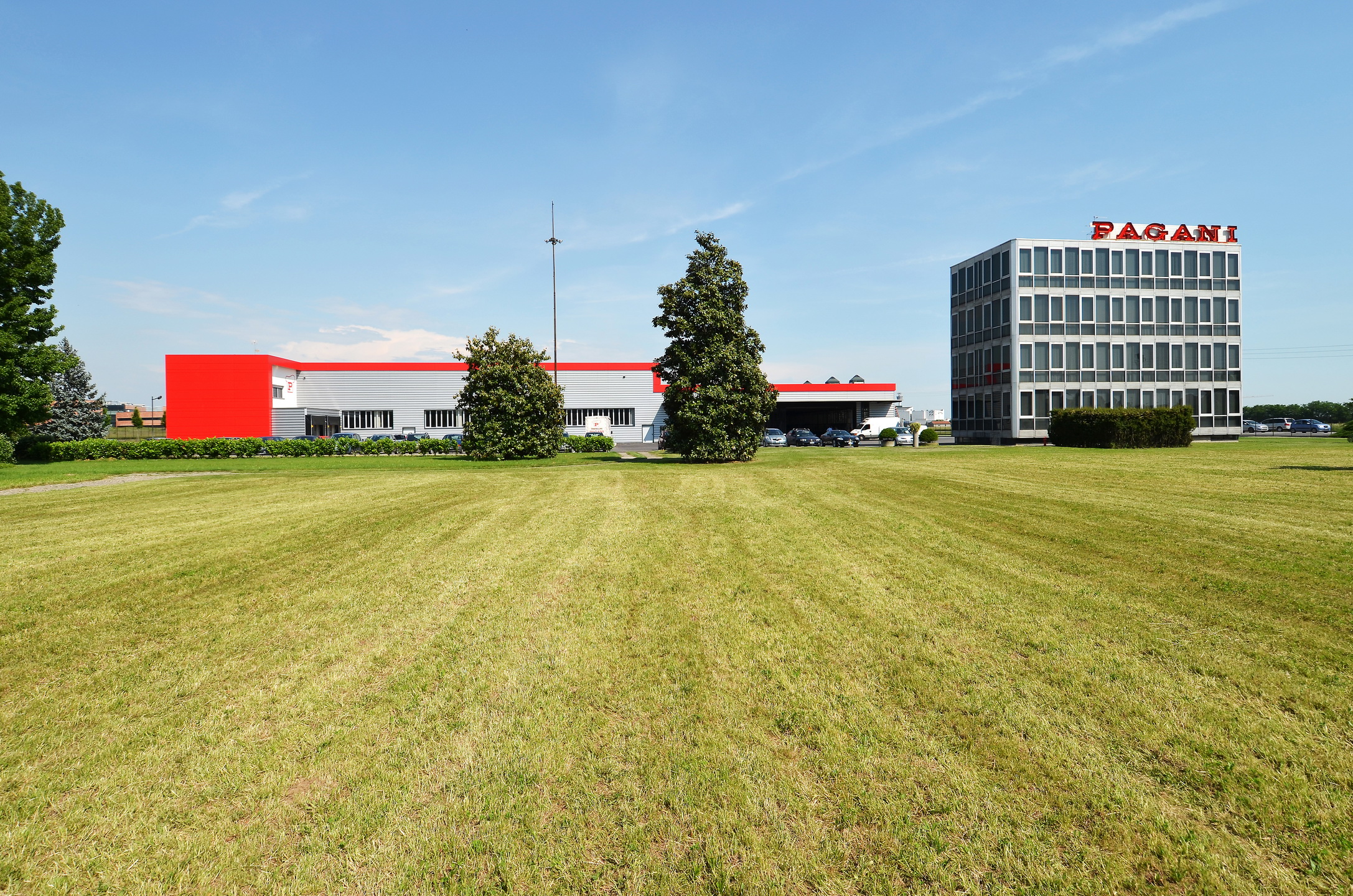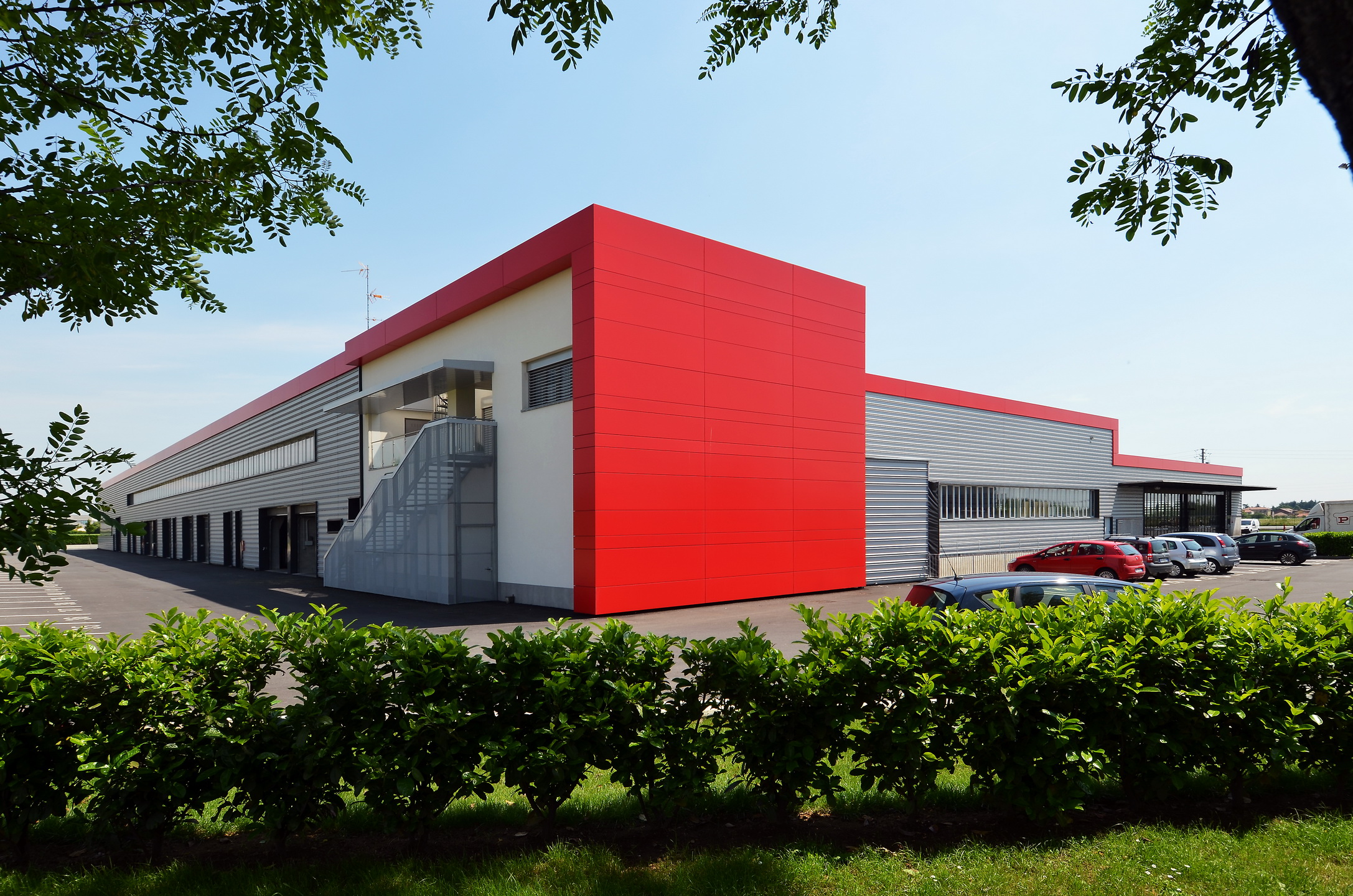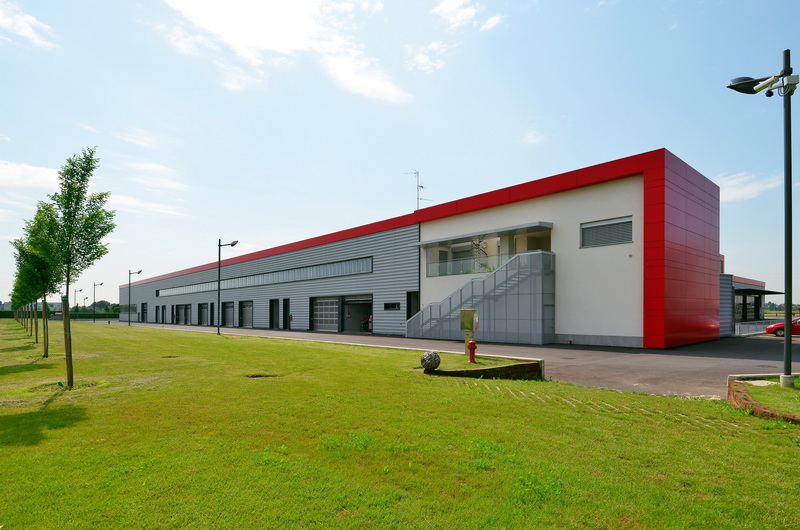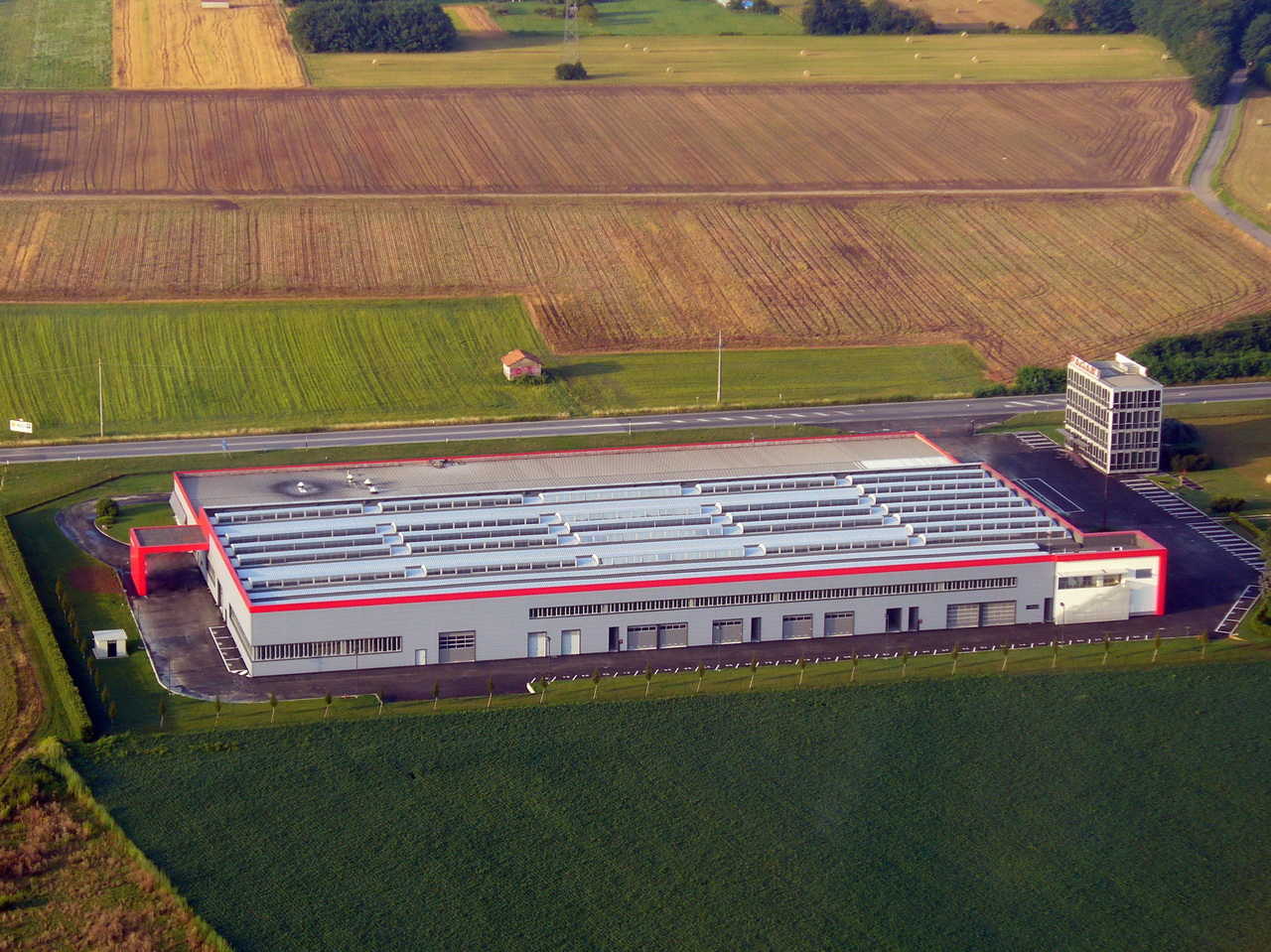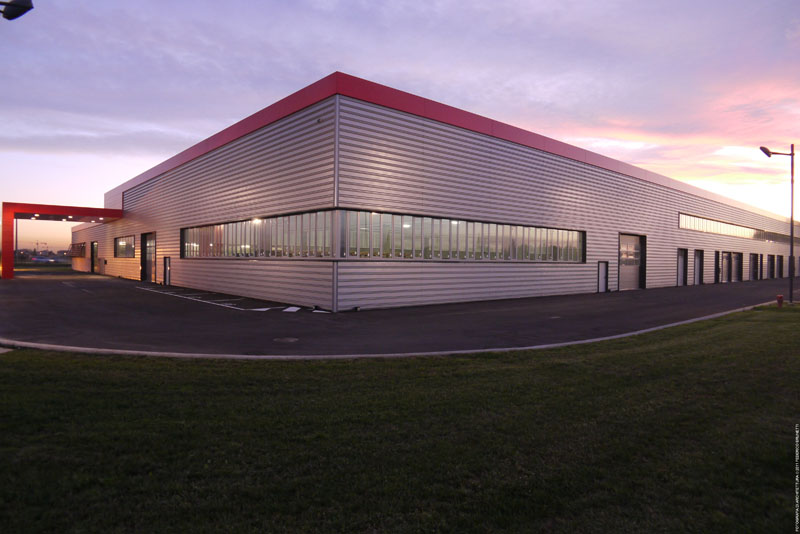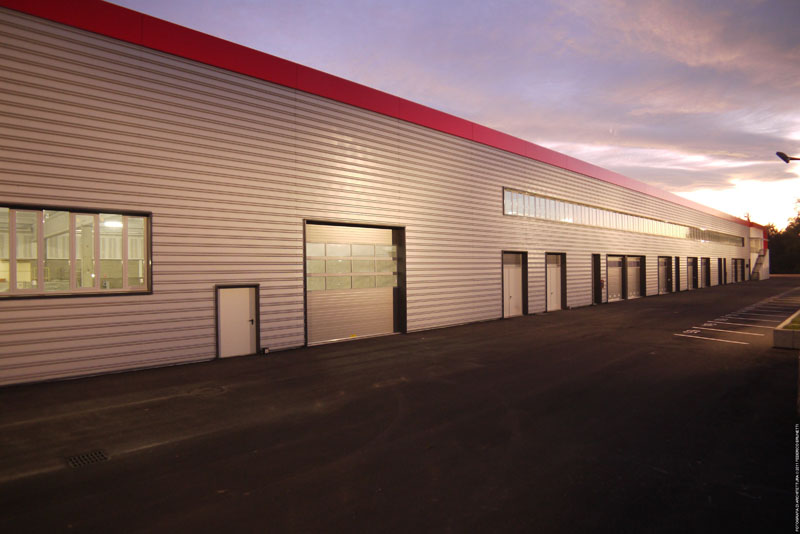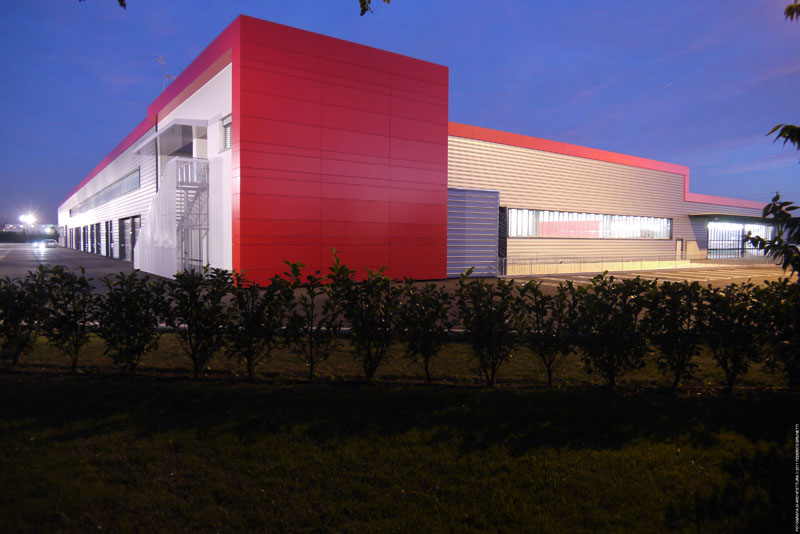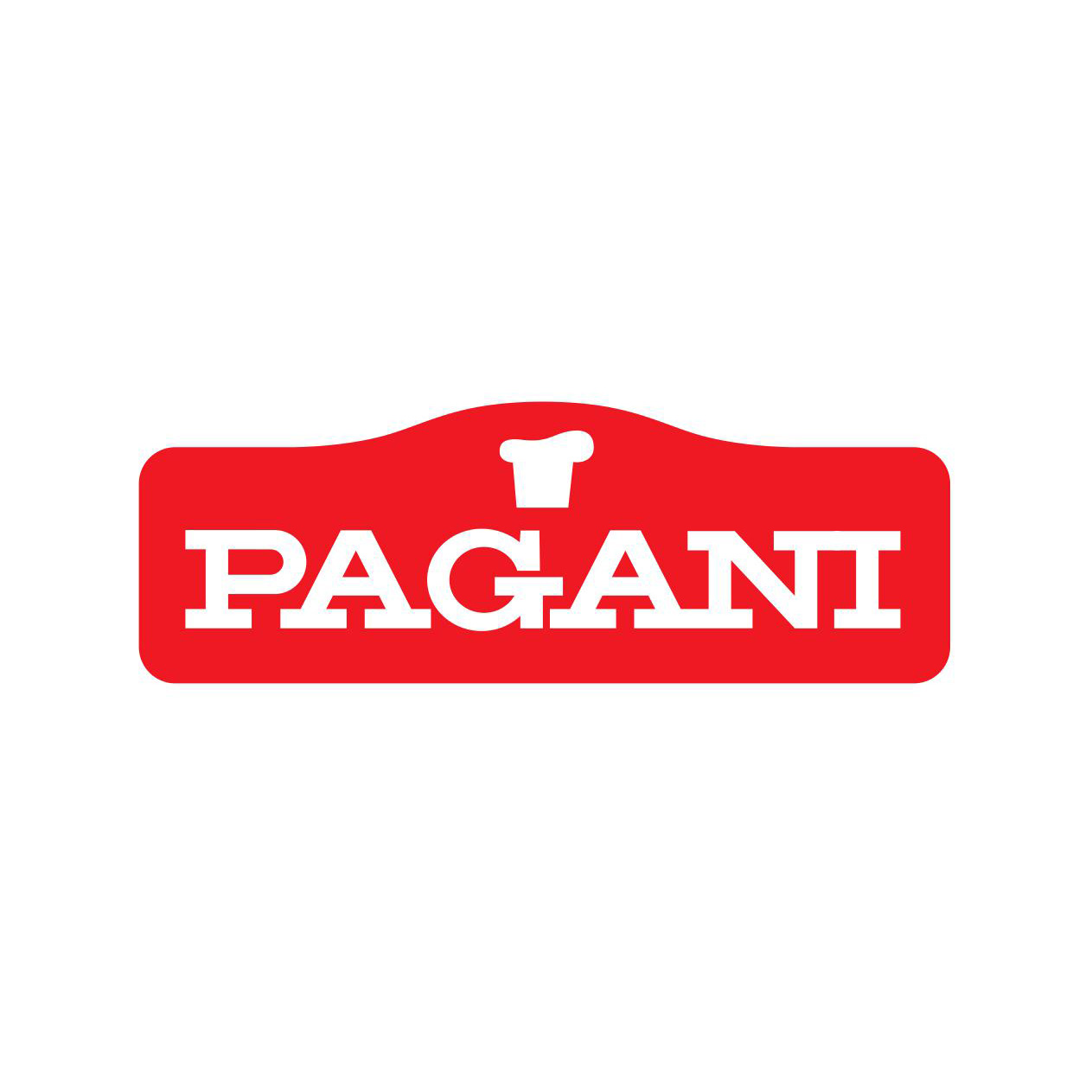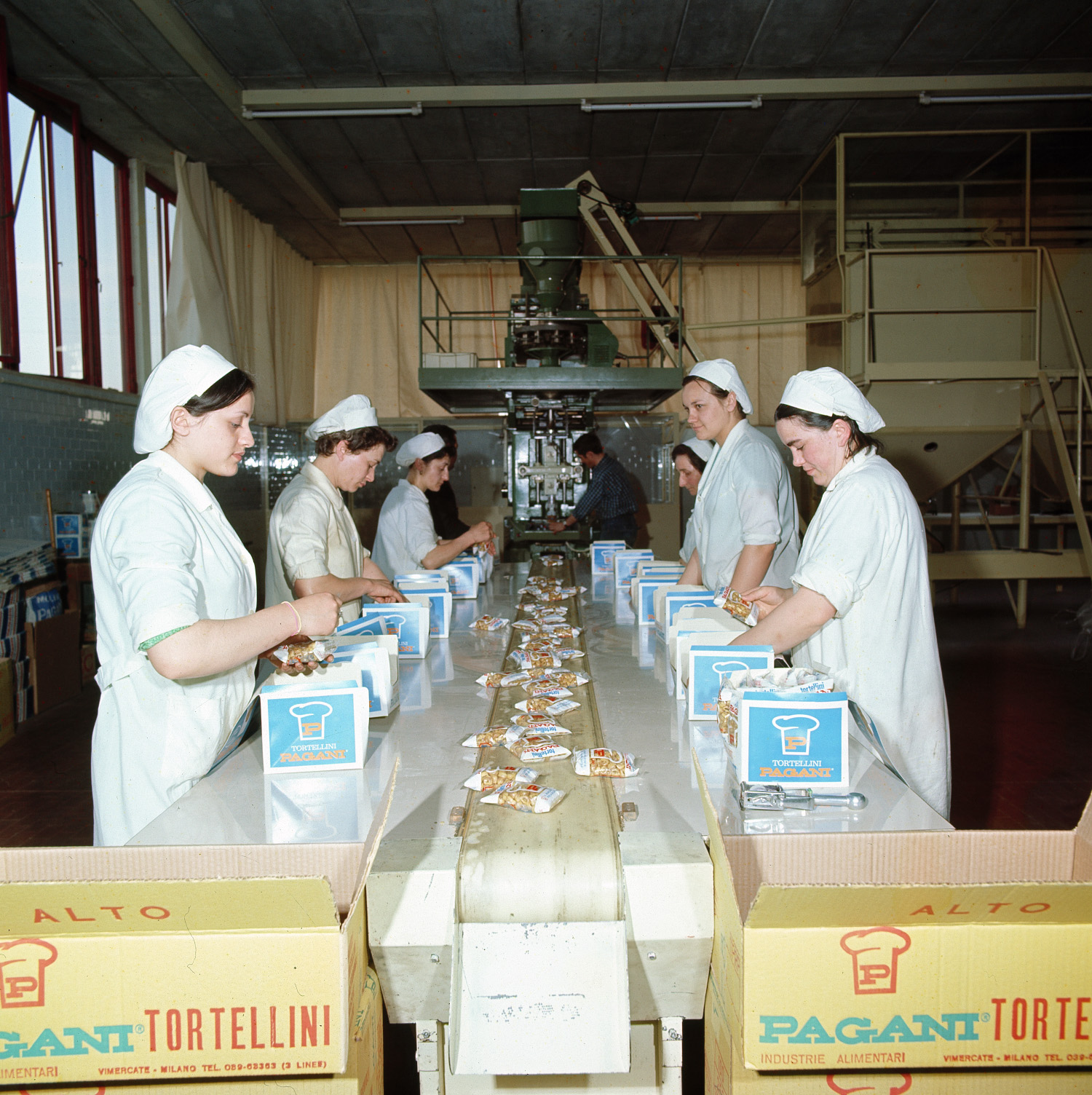

Our history
Visit the “Pagani Museum” page to see all the period material related to our factory and our old products!
From the 1920s to the Second World War
The history of Pagani begins in the 1920s, when Arturo Pagani, encouraged by his father Enrico, a baker in Monza, decided to start his own pasta business in Vimercate. This opportunity arose because the local “Pastificio Paraboni” was facing difficulties and nearing closure. Arturo established his pasta factory, which proved successful, at Via Luigi Ponti 4. However, in 1937, he decided to sell the company. It was initially purchased by intermediary Angelo Mussi, then two years later by the Swiss Carisch family (active in the music publishing industry), who renamed it “Pastificio di Vimercate”, and finally by the Corno brothers, already managing the public weigh station in Vimercate.
Although Arturo continued to work at the pasta factory, legal disputes with the new owners led him to establish a new company in August 1943 under the name “Pastificio Vimercatese di Pagani Arturo”, again located at Via Luigi Ponti 4 in Vimercate.
After the Second World War
On 2 November 1947, Arturo Pagani passed away prematurely, leaving his wife, Anna Pagani, known as Mina, and their two young sons, Enrico and Gianfranco. Mina continued the business under the name “Pastificio Vimercatese – Gestione Pagani”. In 1949, the company was renamed “Pastificio Pagani” and relocated to a site between central Via Vittorio Emanuele and Piazza Marconi.
Widowed, with two children to care for and a complex family and work situation to manage, Mina Pagani, originally from Abruzzo, reached out to the De Cecco family, whose pasta factory in Fara San Martino had been destroyed by wartime bombings. She invested her savings in purchasing a truckload of pasta, which she quickly resold in Northern Italy, where De Cecco was not yet a well-known brand. By doing so, she anticipated market changes, recognizing the growing consumer demand for high-quality pasta, after the end of the rationing era’s low-quality pasta. This collaboration lasted over thirty years, during which the Pagani family became the exclusive distributor of De Cecco pasta in Northern Italy. Mina’s sons, Gianfranco (since 1947) and later Enrico (after completing his studies), helped her in running the business.
As pasta consumption became widespread across all social classes, the Pagani family expanded their offerings. They invested in an innovative machine to automate the production of tortellini and ravioli. These filled pastas, with a rich tradition despite not being native to the Brianza region, were seen as an opportunity to bring something new and more complex than common pasta to the market, making it accessible to everyone, everywhere, year-round.
The 1950s and the 1960s
In 1955, the now-adult Enrico and Gianfranco formally took over the business, renaming it “Industrie Alimentari Pagani”.
To reduce unsold goods, Pagani improved the production process for filled pasta. They became the first to produce dried tortellini and ravioli, using a patented thermal pre-treatment that reduced moisture and preserved quality for six months, later extended to twelve months, without preservatives. This long shelf life, combined with no need for cold storage, allowed Pagani to expand beyond the local market.
The company diversified its offerings to include gnocchi, deli products (like Olivier salads, ham roulades, pâté and mayonnaise), breadsticks, preparations for pizza and a line of bakery products such as pain de mie, rusks, small pandoros and angel wings (“chiacchiere”). Their commercial strategy developed two branches: fresh products sold regionally to small shopkeepers or wholesalers with “attempted sale” policies, and long-lasting products and De Cecco pasta sold via order collection followed by delivery.
The 1970s and the 1980s
In 1967, the company became a general partnership under the name “Pagani Industrie Alimentari di Enrico e Gianfranco Pagani s.n.c.”. Enrico and Gianfranco Pagani began constructing a new modern factory, where the company moved two years later and where it is still located nowadays.
The Pagani brand gained visibility through ambitious marketing, including advertisements on TV, cinemas and local radios, and promotional operations (discounts, 3×2 etc.) and prize competitions (travels, watches etc.) addressed to retailers.
During the inflationary 1970s, the rise of national supermarket chains prompted Pagani to shift focus from fresh products to long-lasting ones and the De Cecco brand. In 1976, the company became a joint-stock company under its current name, “Pagani Industrie Alimentari S.p.A.”.
By the early 1980s, De Cecco was firmly established in the market. The partnership ended amicably, and Pagani refocused solely on dried filled pasta, discontinuing fresh and deli products.
Tortellini and ravioli were sold on the market thanks to a commercial network of agents and representatives who got in touch with supermarkets. The company also began to focus more on the food service sector and, starting from the 90s, also on discount stores, a new sales channel for Italy, with specifically formulated commercial policies.
From the 1990s to today
In the late 1980s and early 1990s, Enrico and Gianfranco were joined by Gianfranco’s sons, Paolo and Alessandro Pagani, marking the third generation. The company significantly increased production and market reach, especially abroad.
Between 2009 and 2010, the Vimercate facility was expanded, doubling its size.
Today, the third generation is joined by the fourth, represented by cousins Luca, Isabella and Pier Pagani. Pagani continues to promote its brand while also producing for third parties and private labels. The company employs about fifty people, with annual revenue exceeding €20 million, 75% of which comes from exports. This underscores its contribution to showcasing Italian culinary excellence globally, promoting “Made in Italy”. In 2024, the “Pagani” and “Gran Menù” brands were recognized as “historical trademarks of national interest” by the Ministry of Enterprises and Made in Italy.
Despite its global growth, the company remains proudly family-owned, maintaining its authentic identity.
